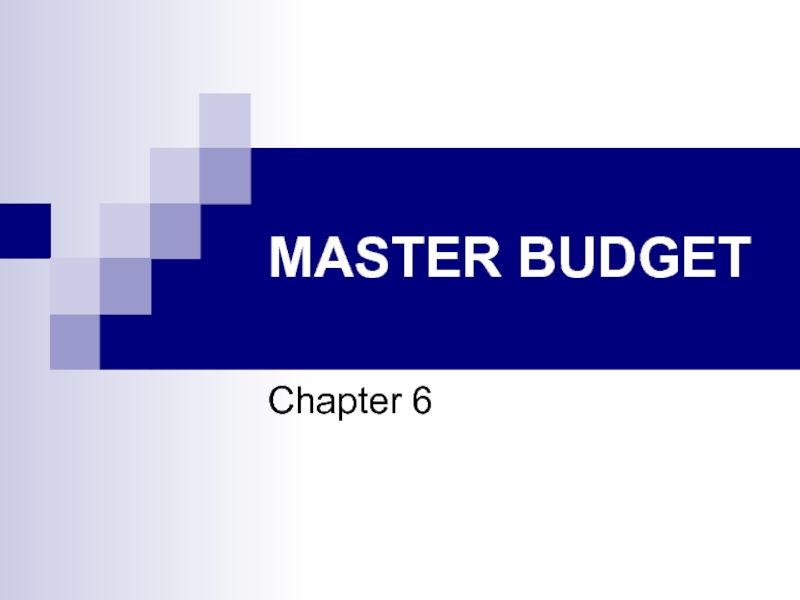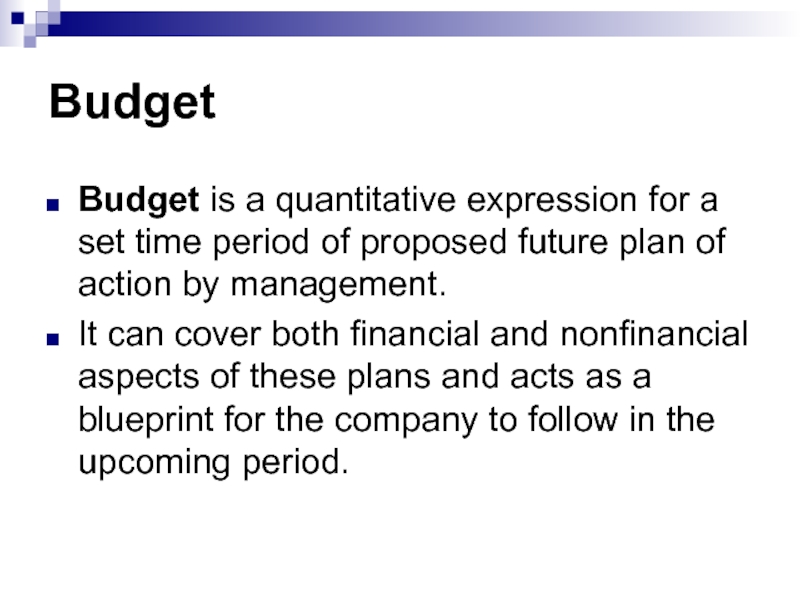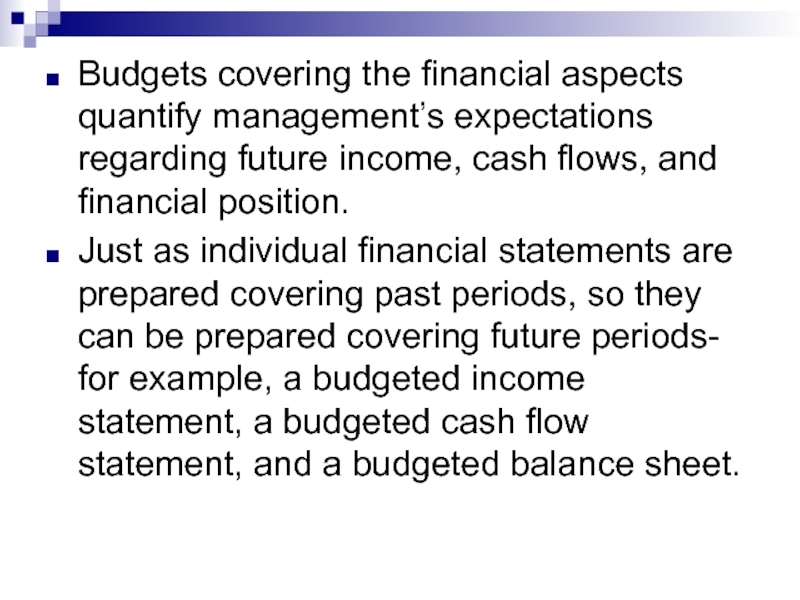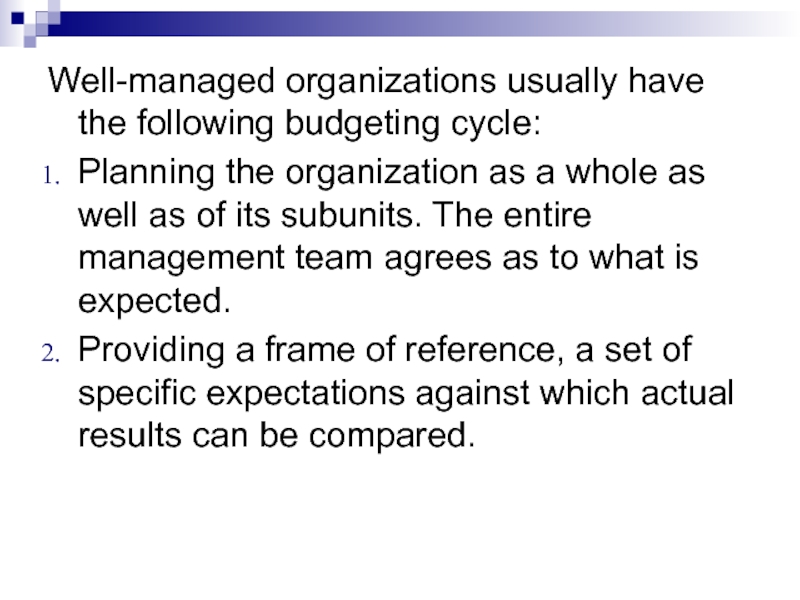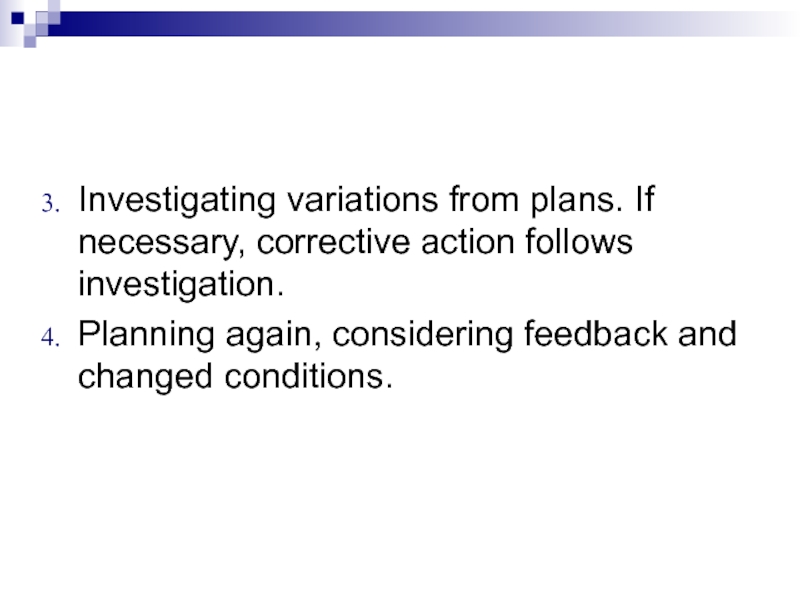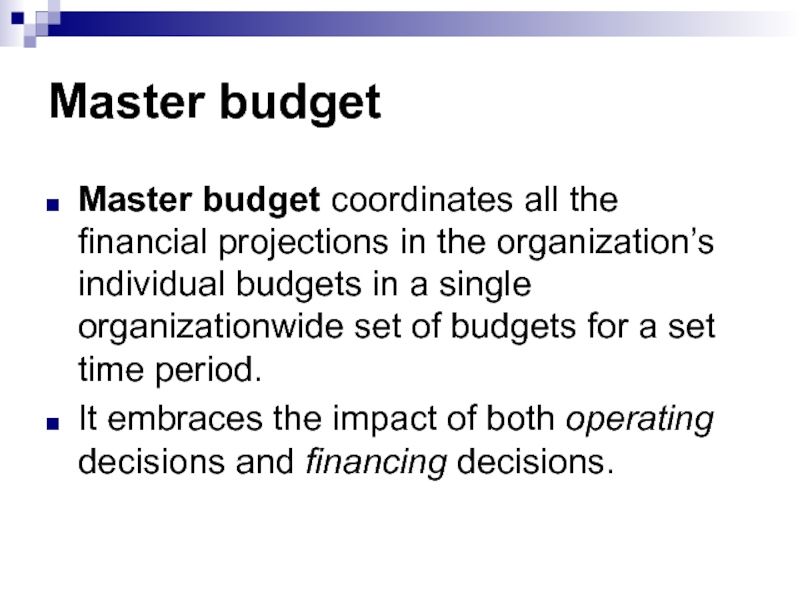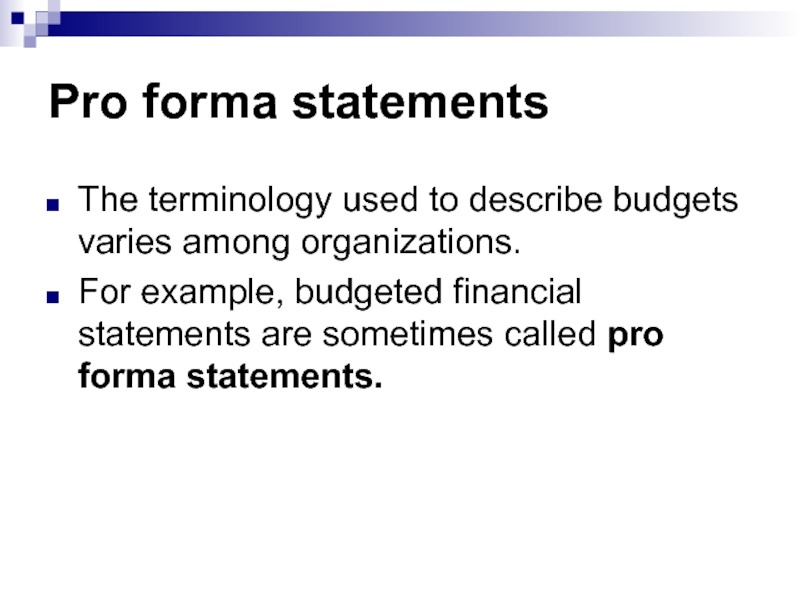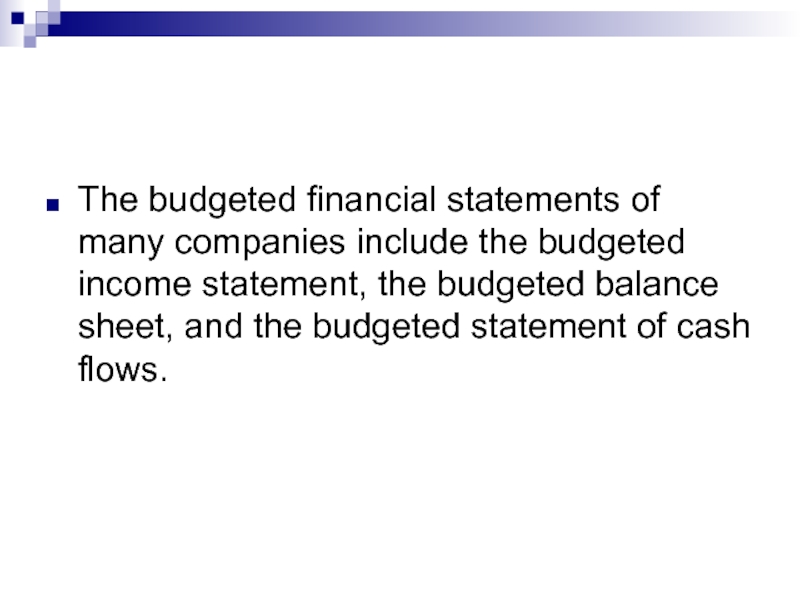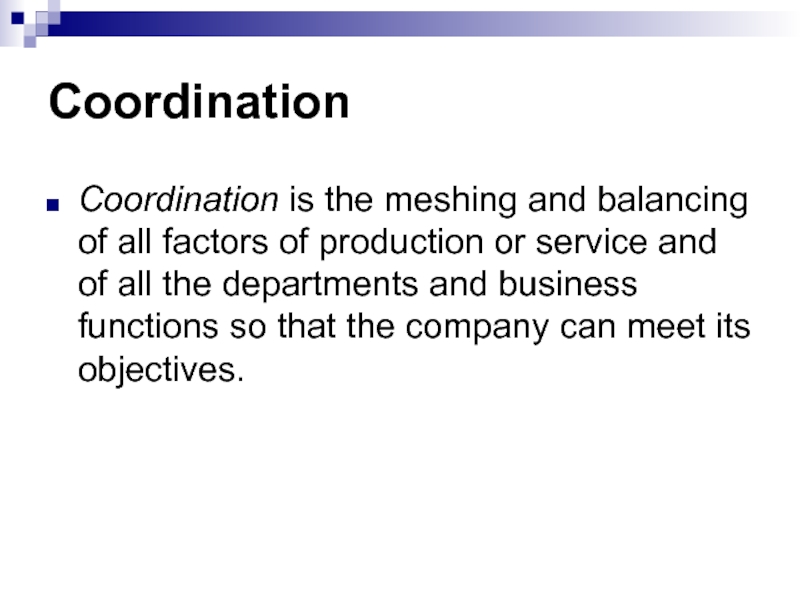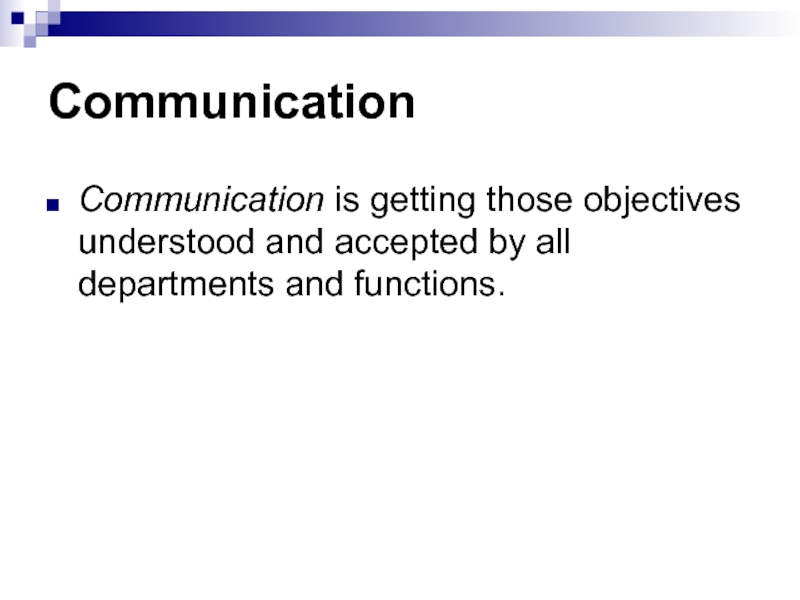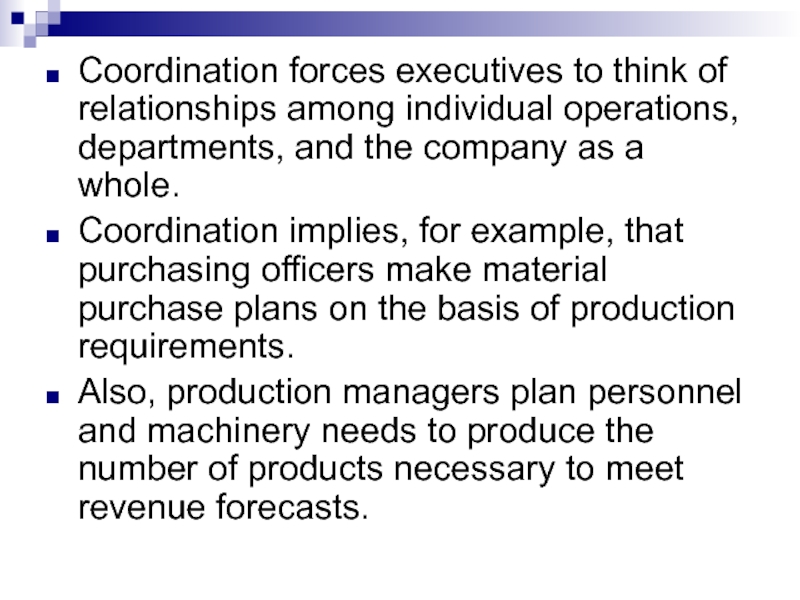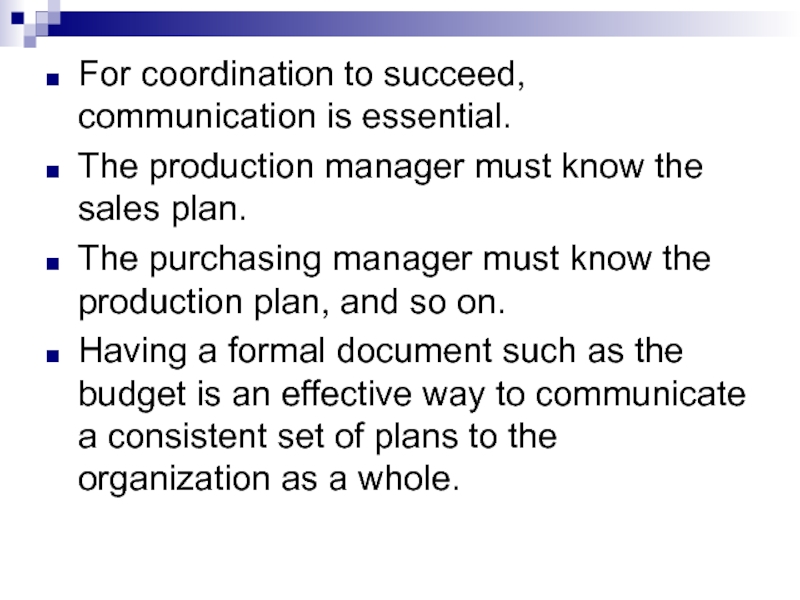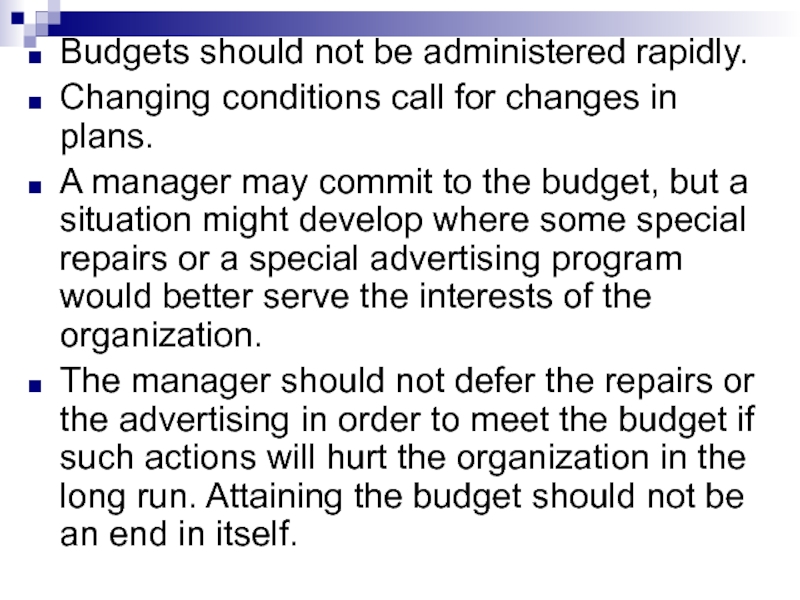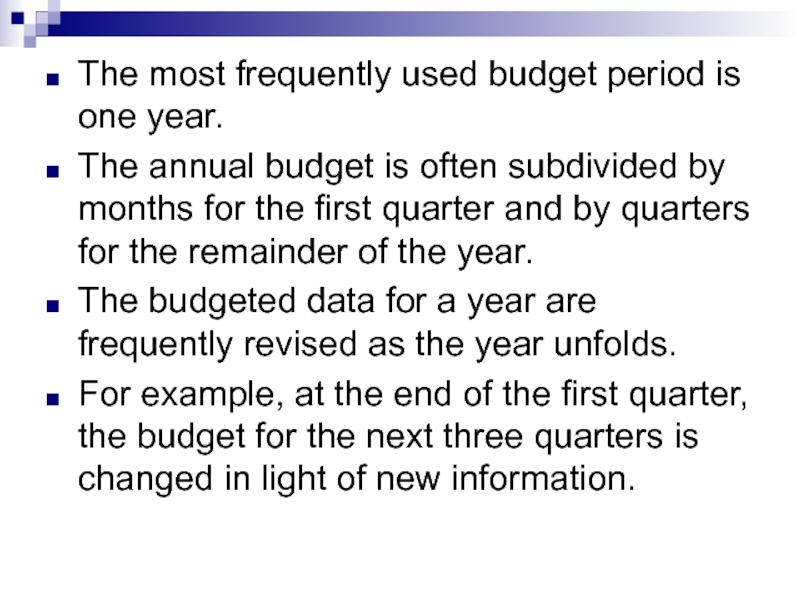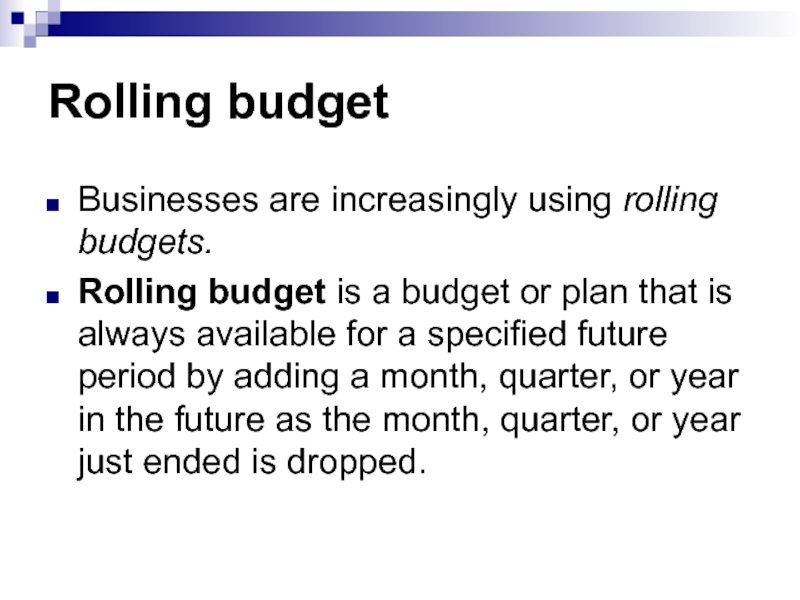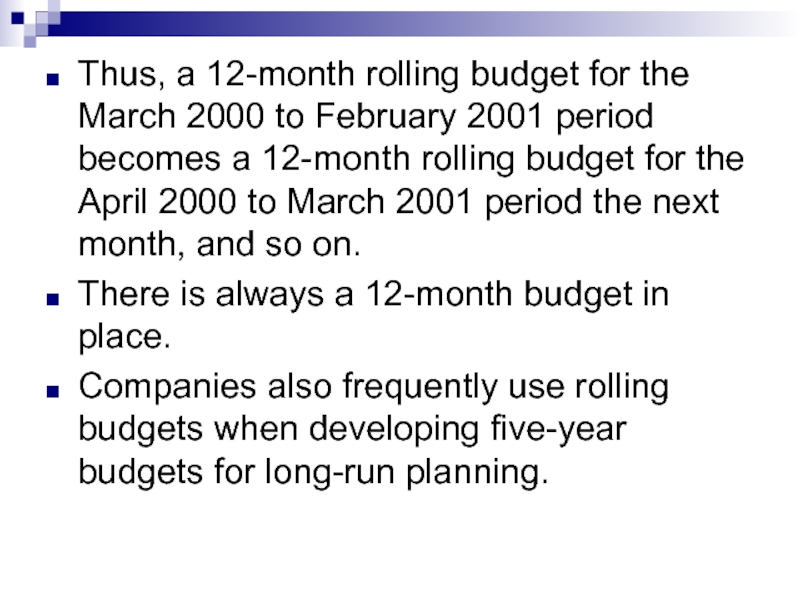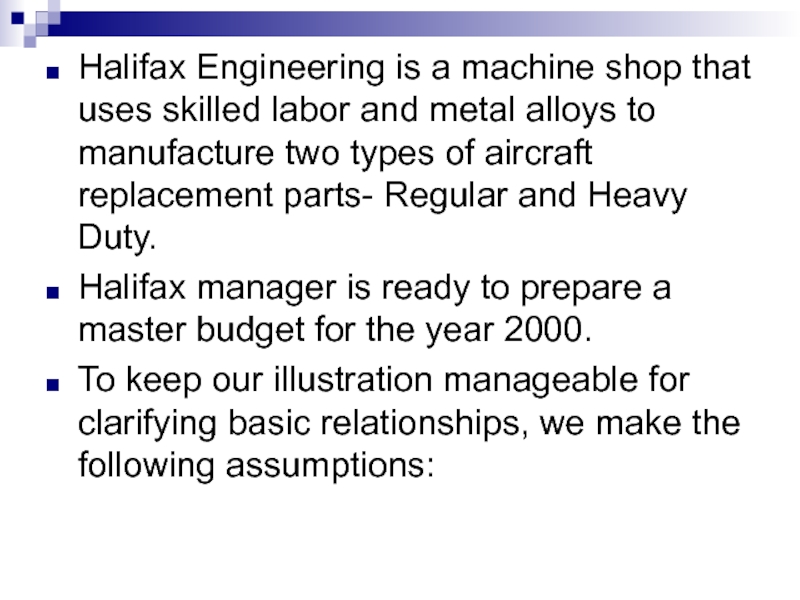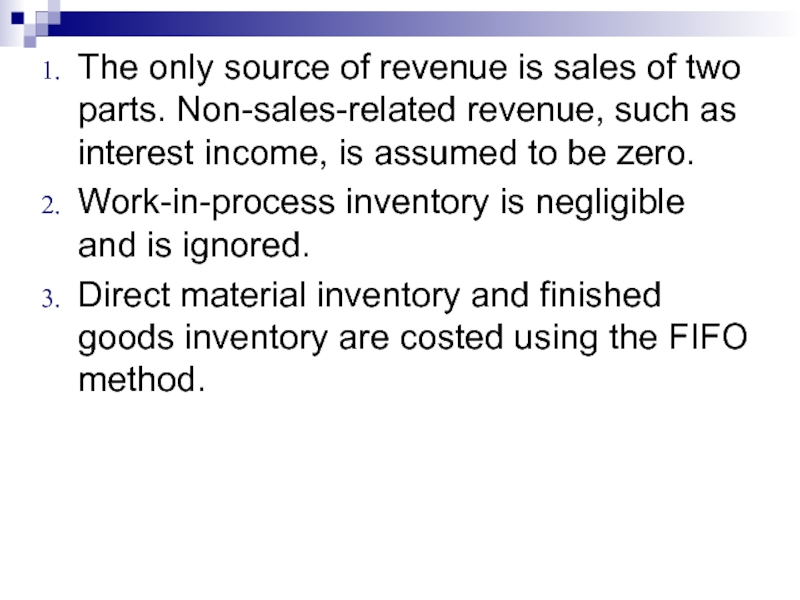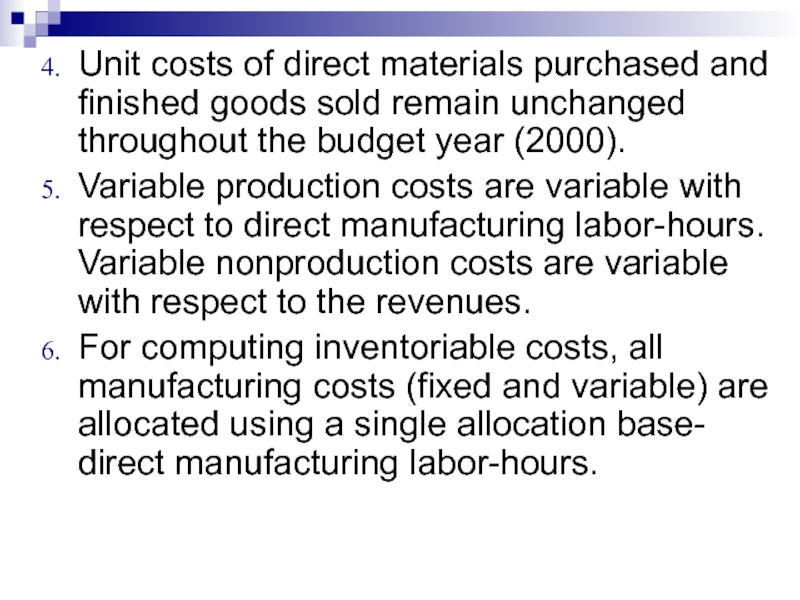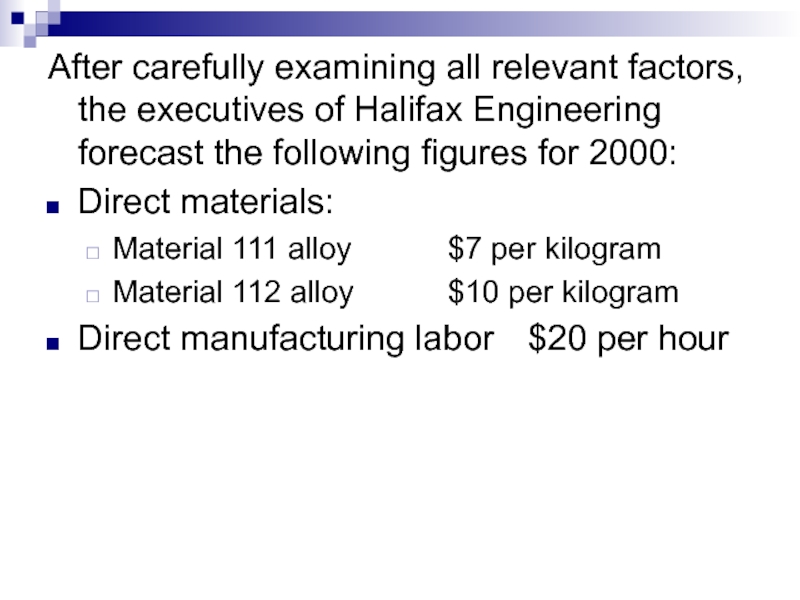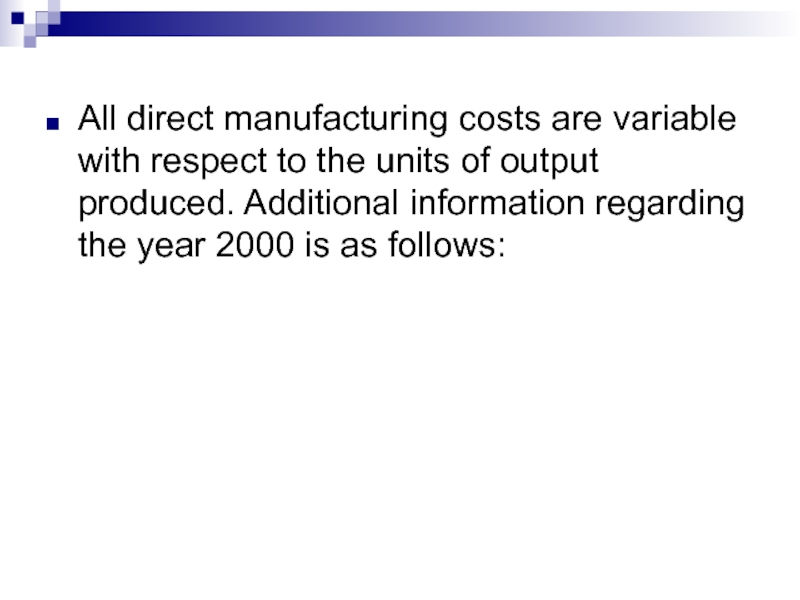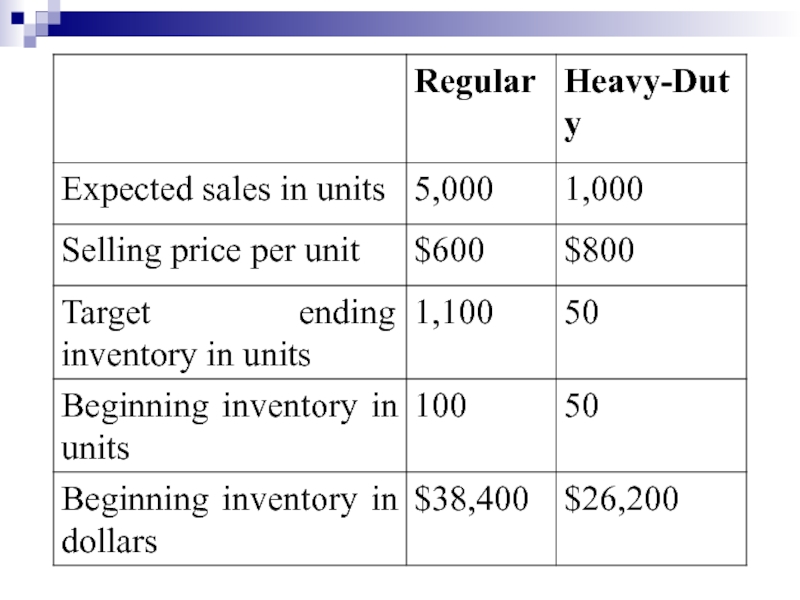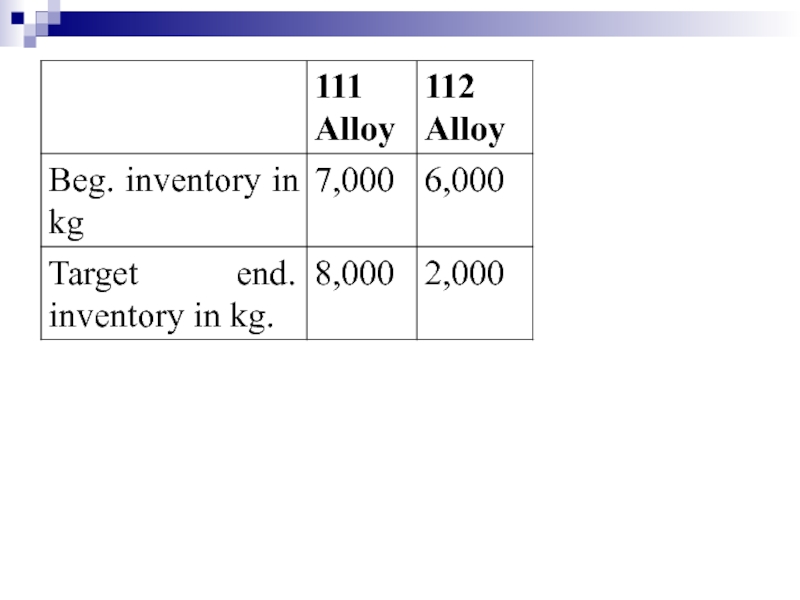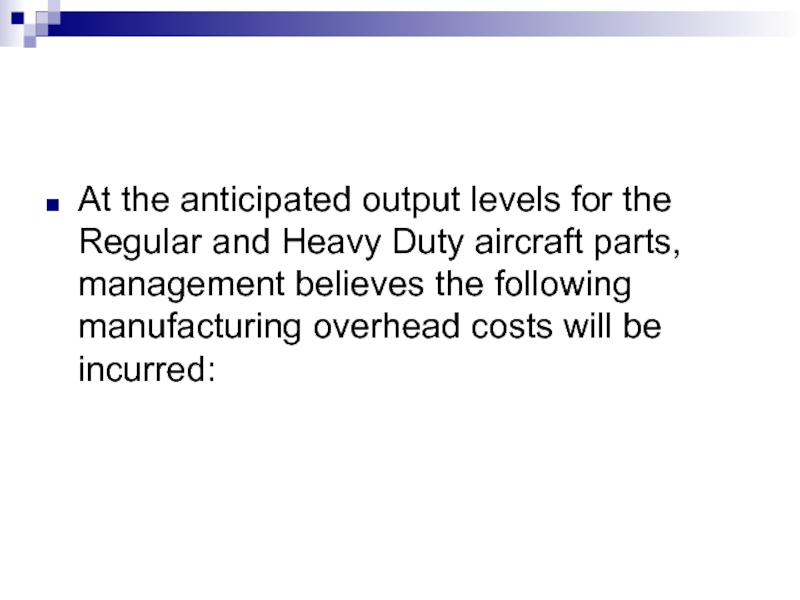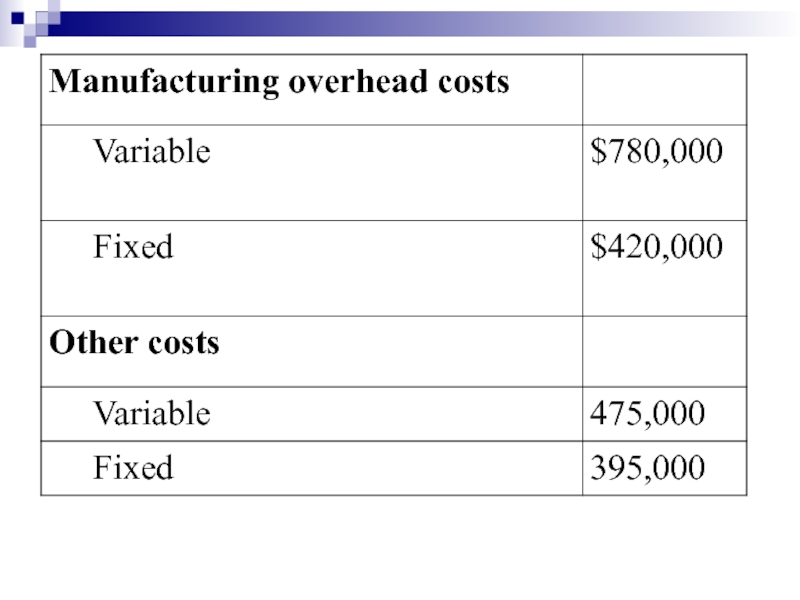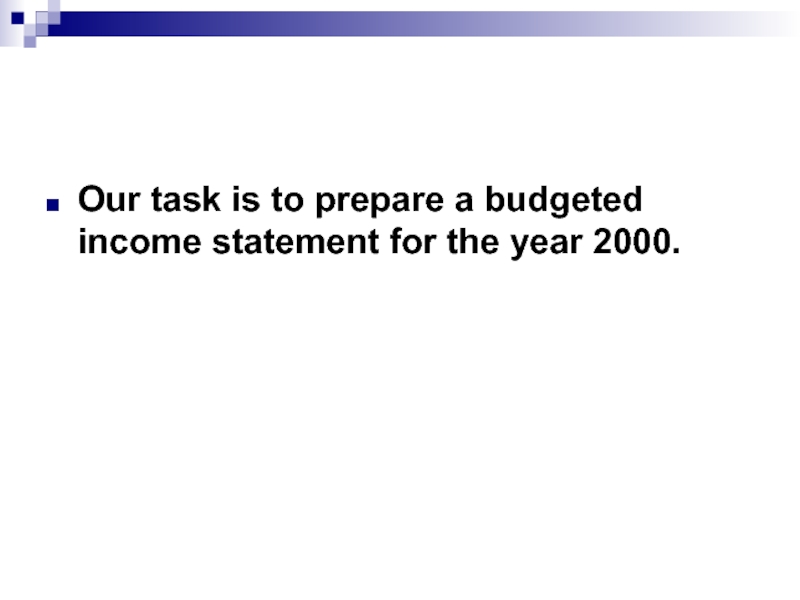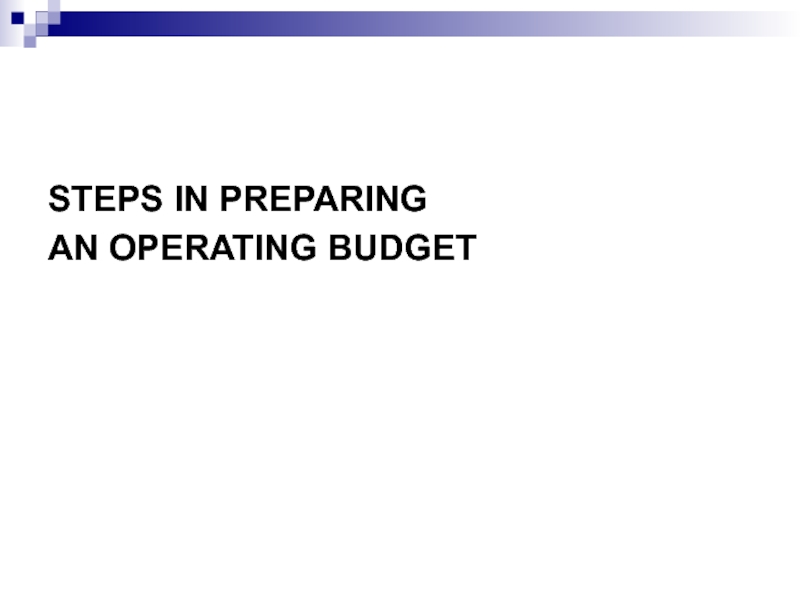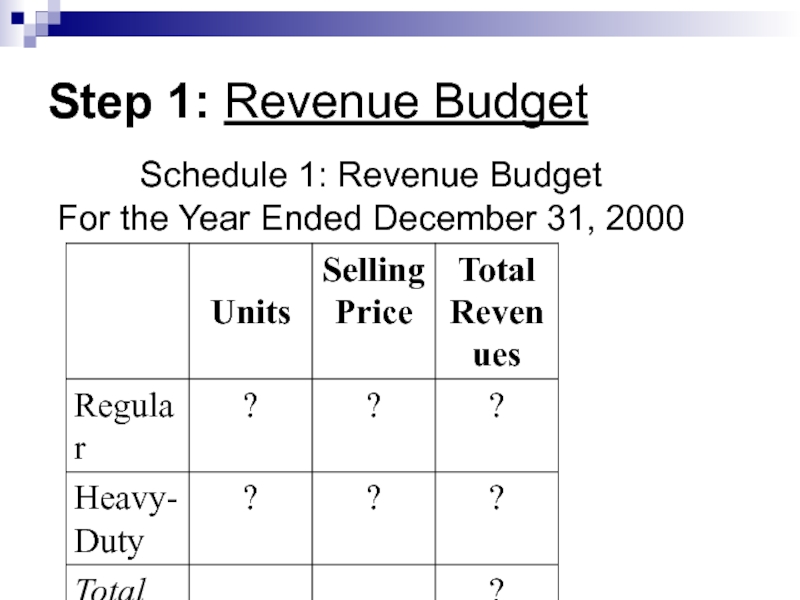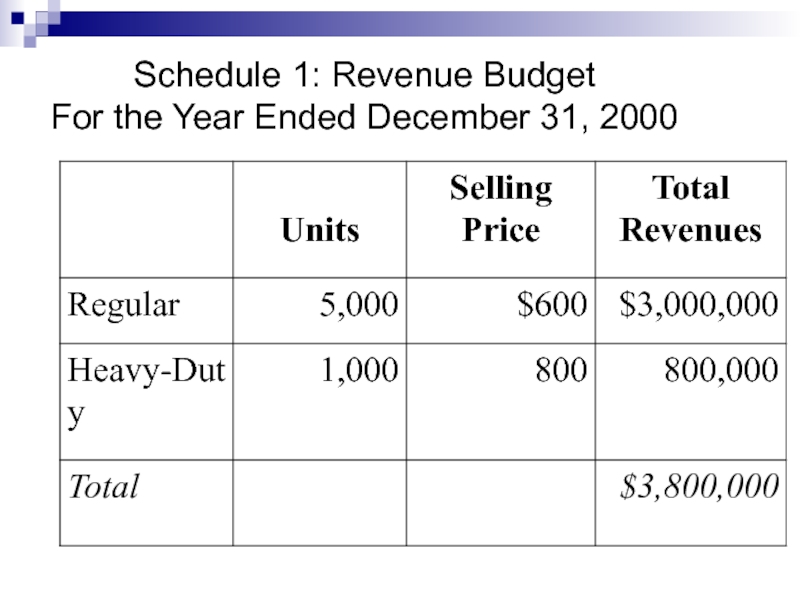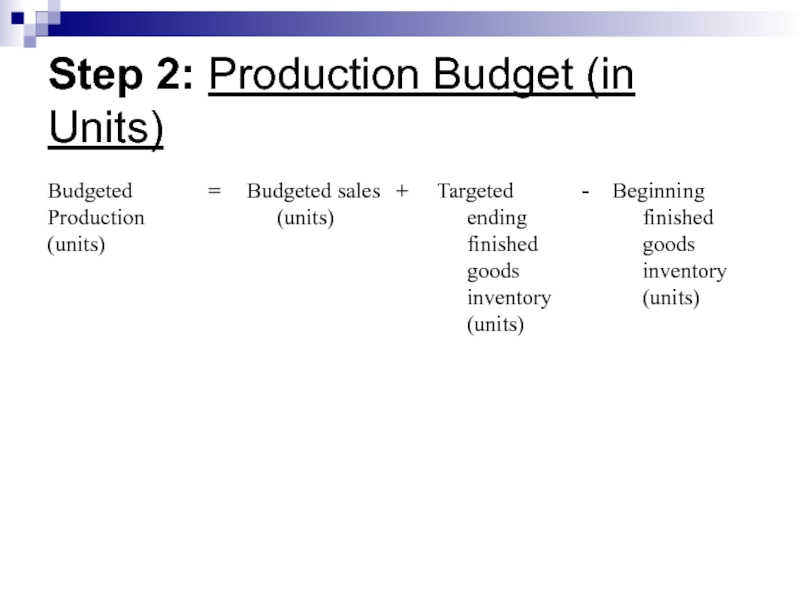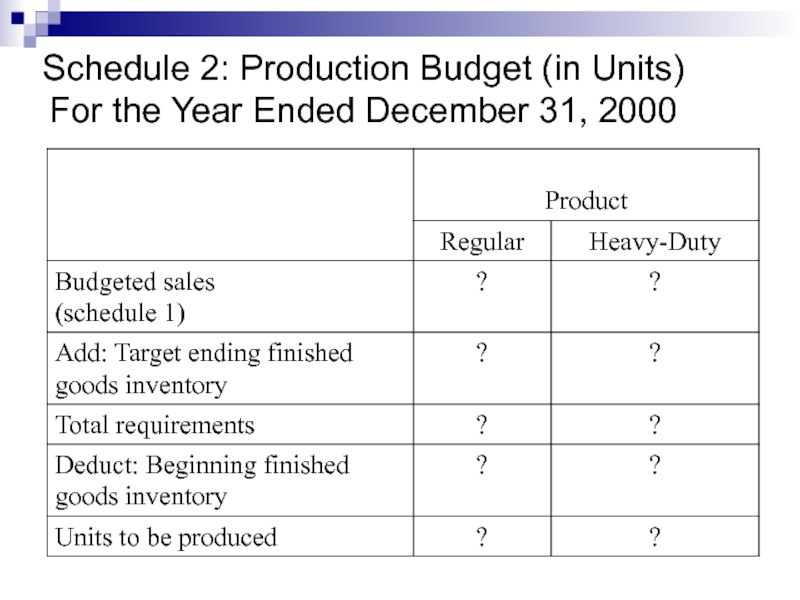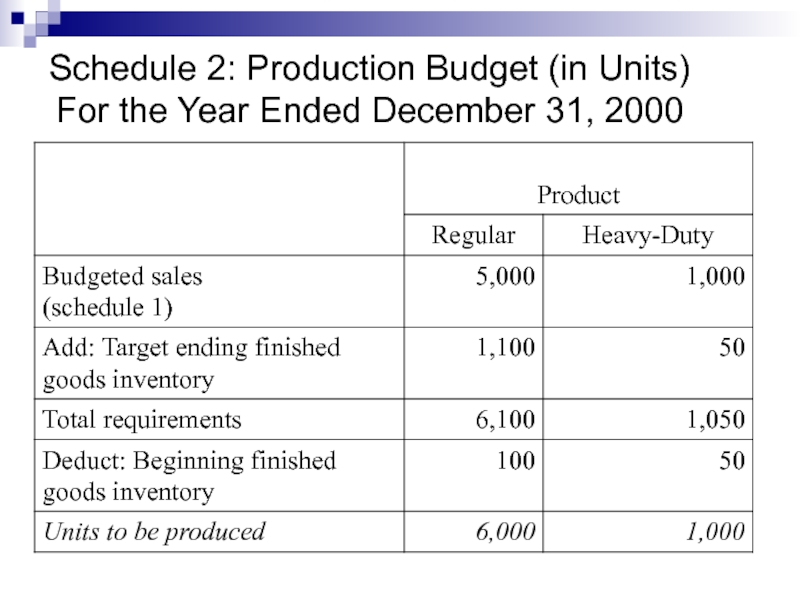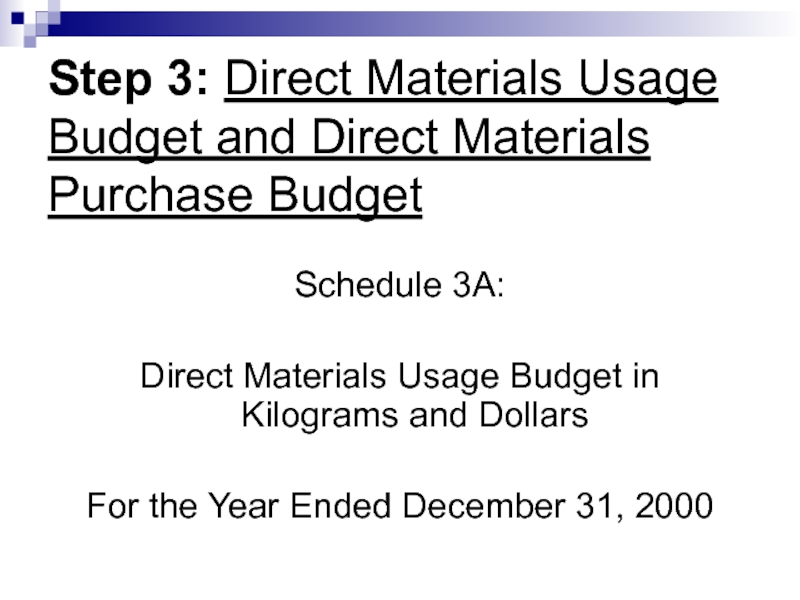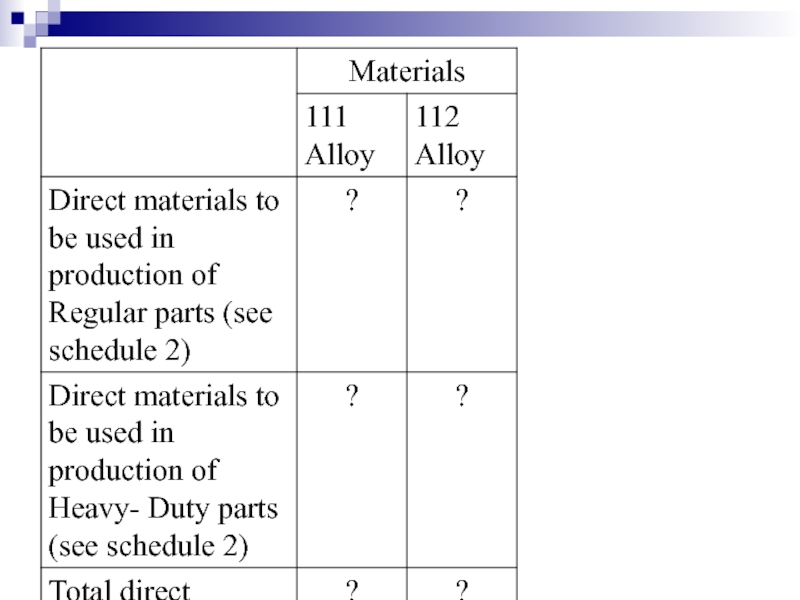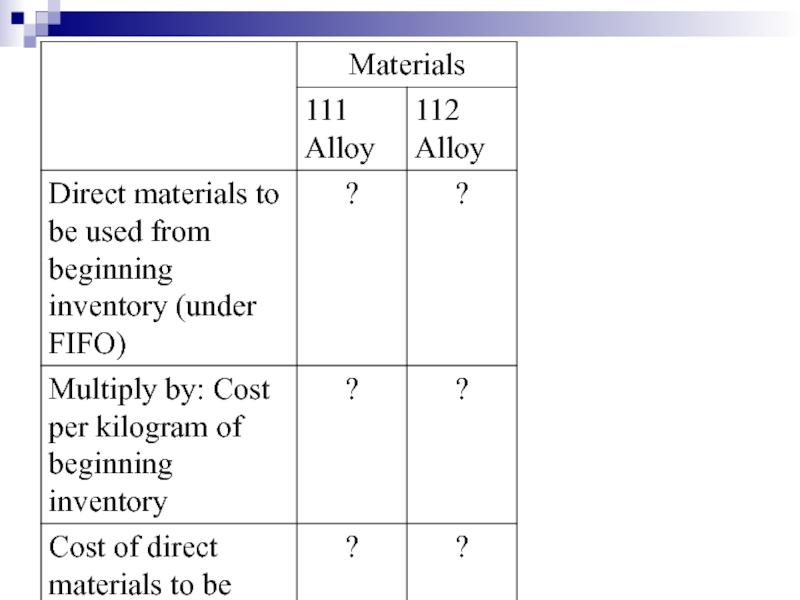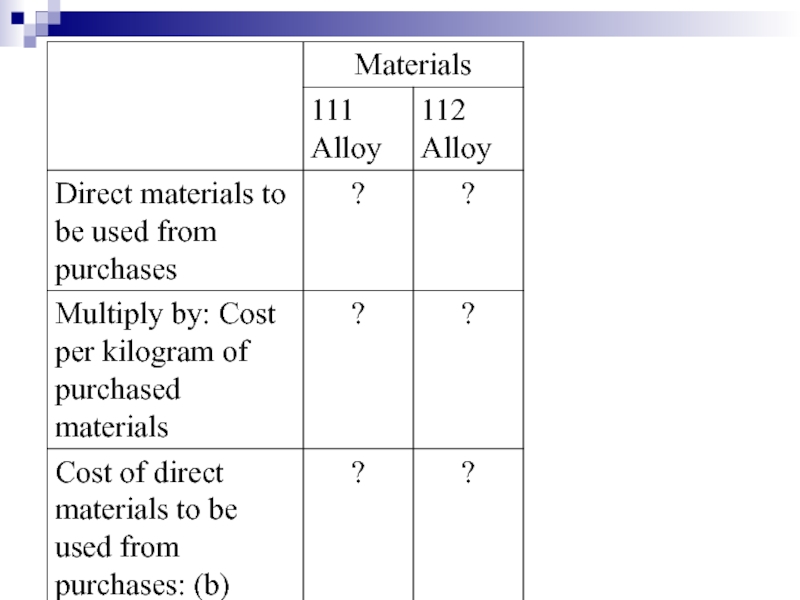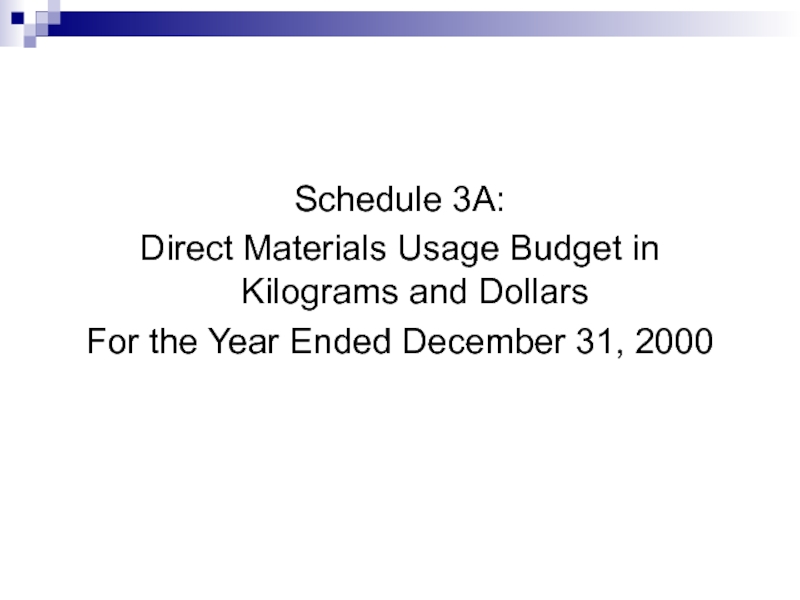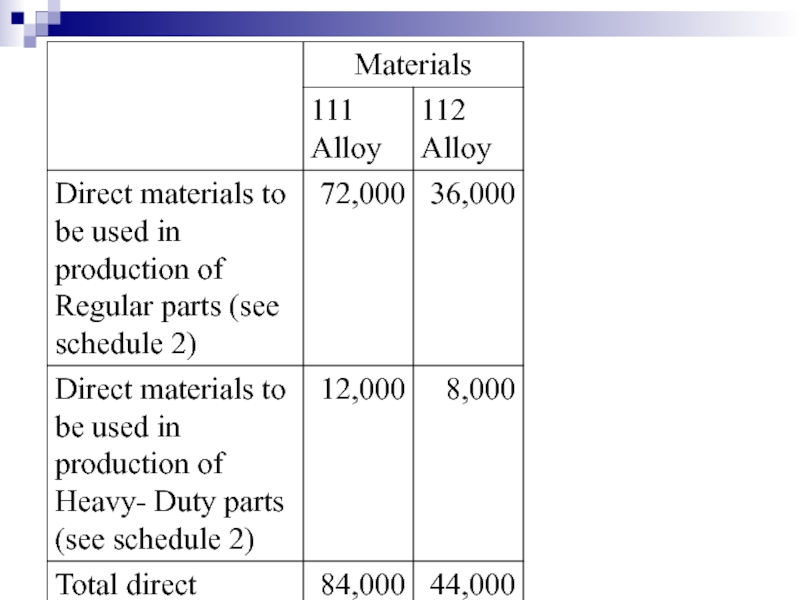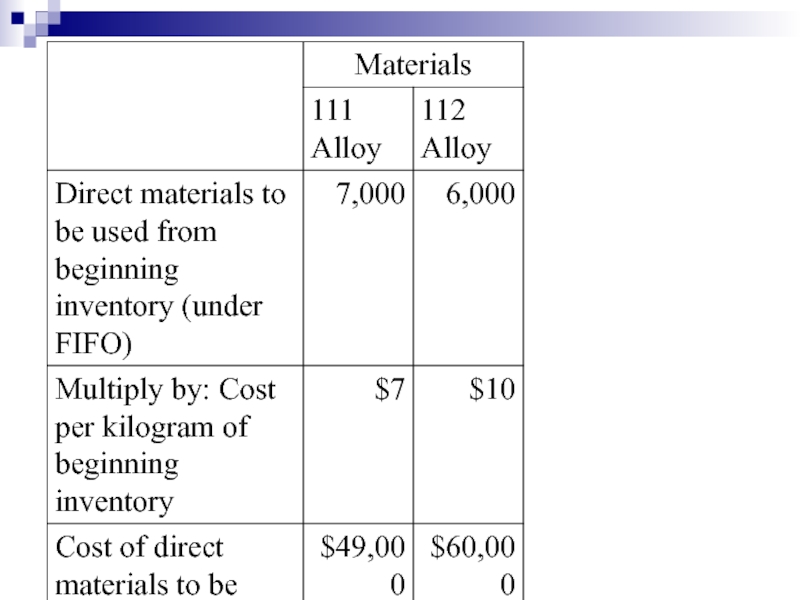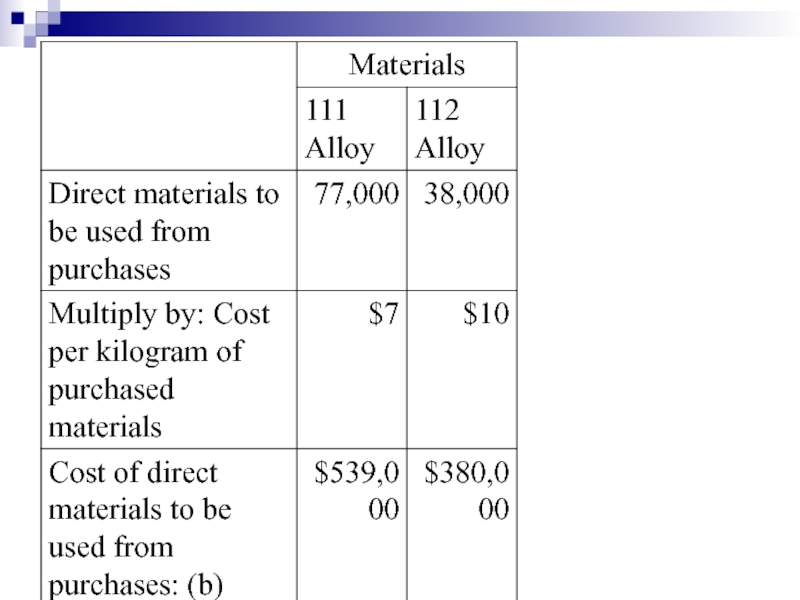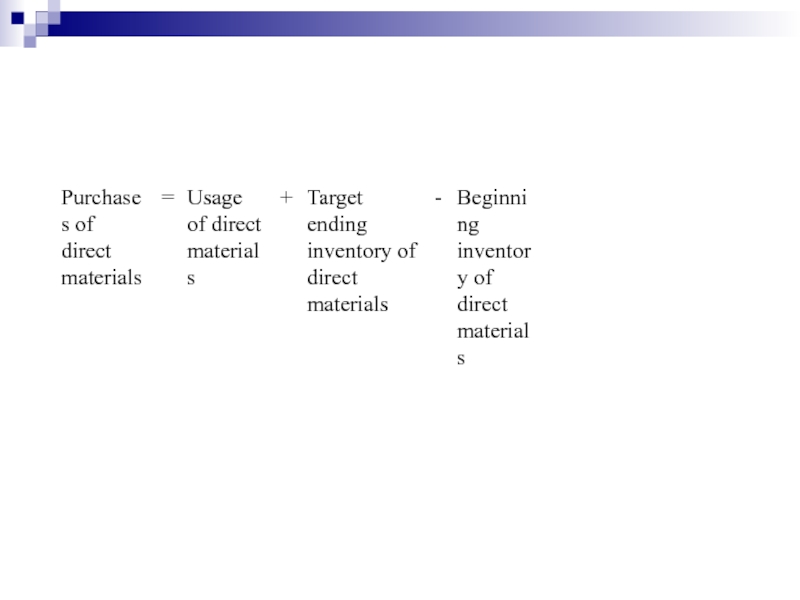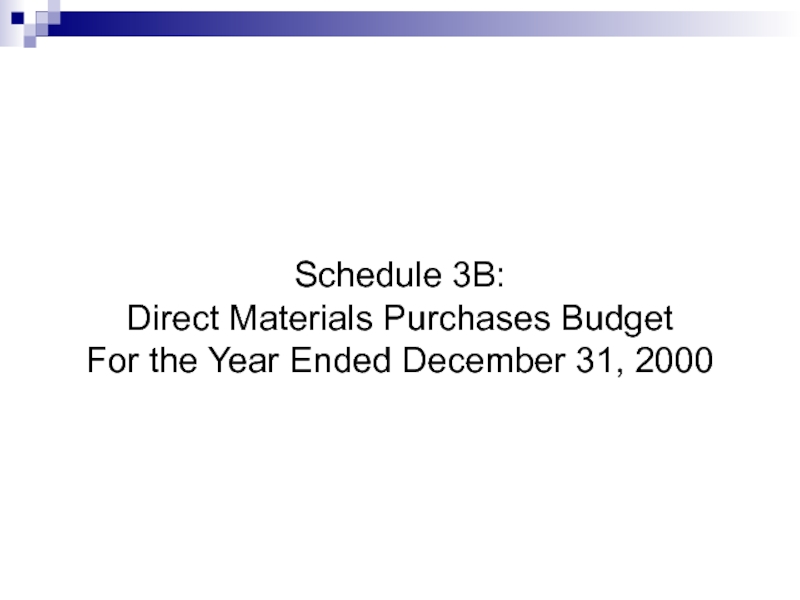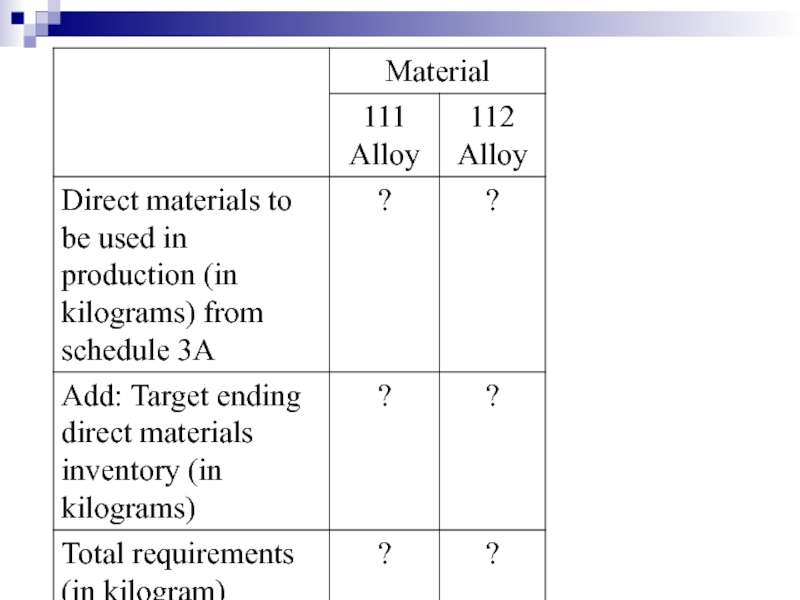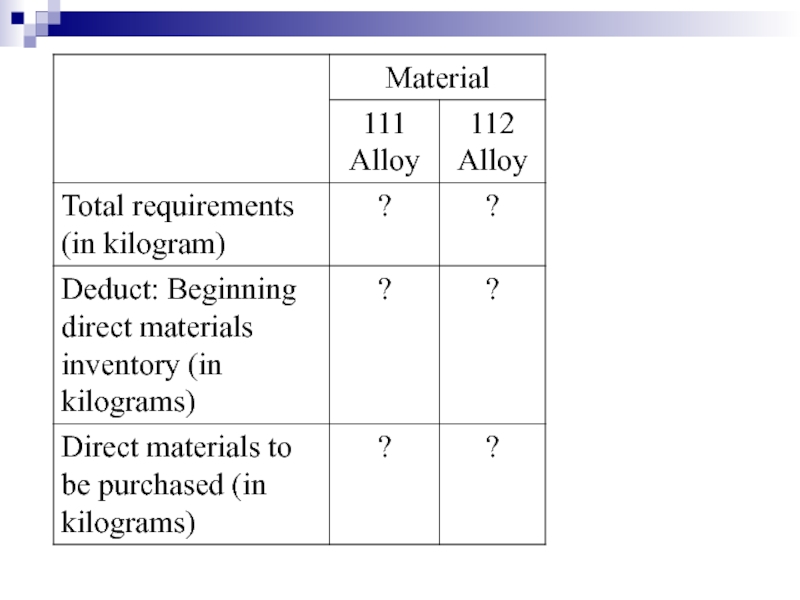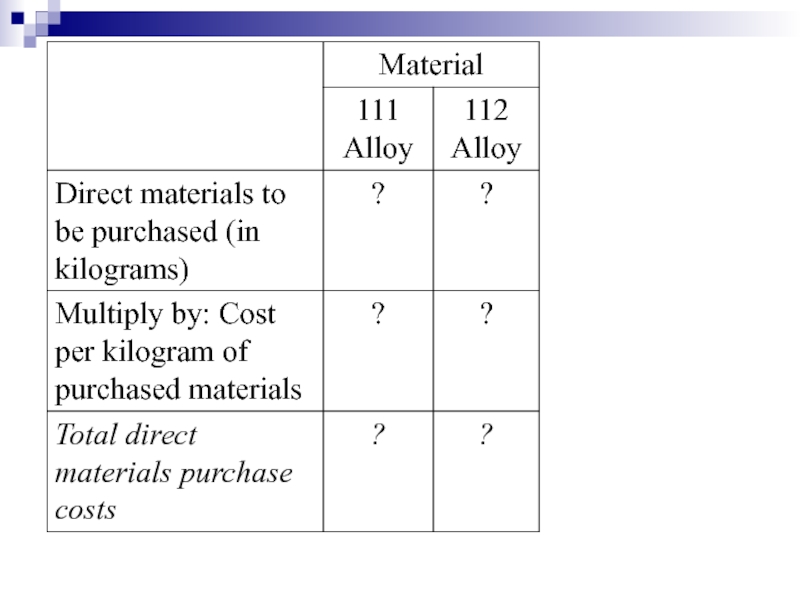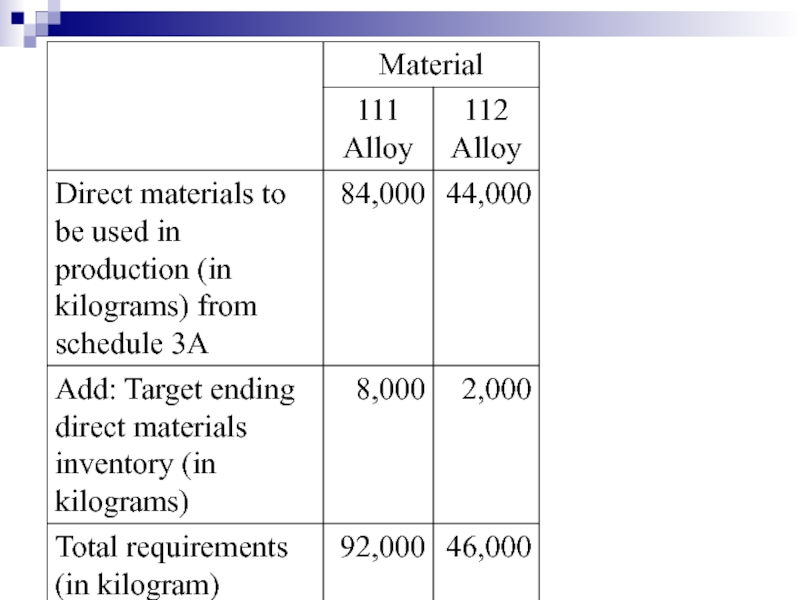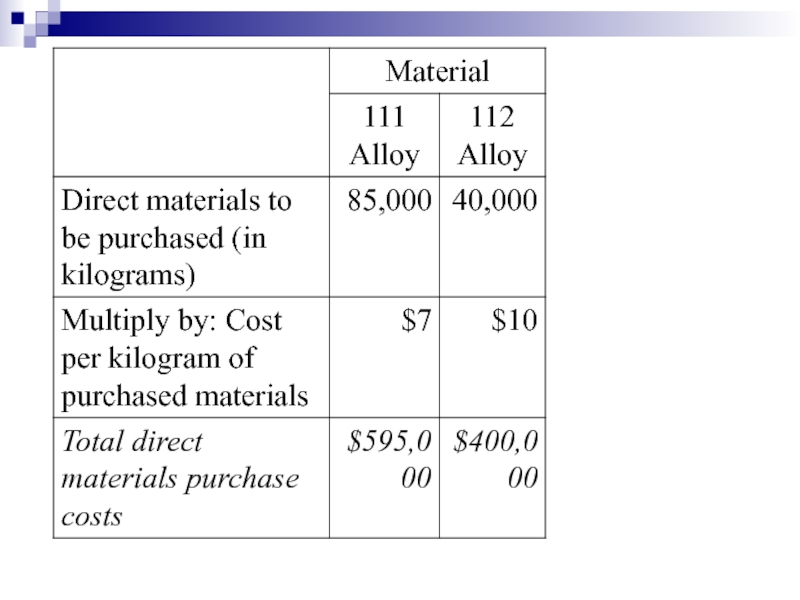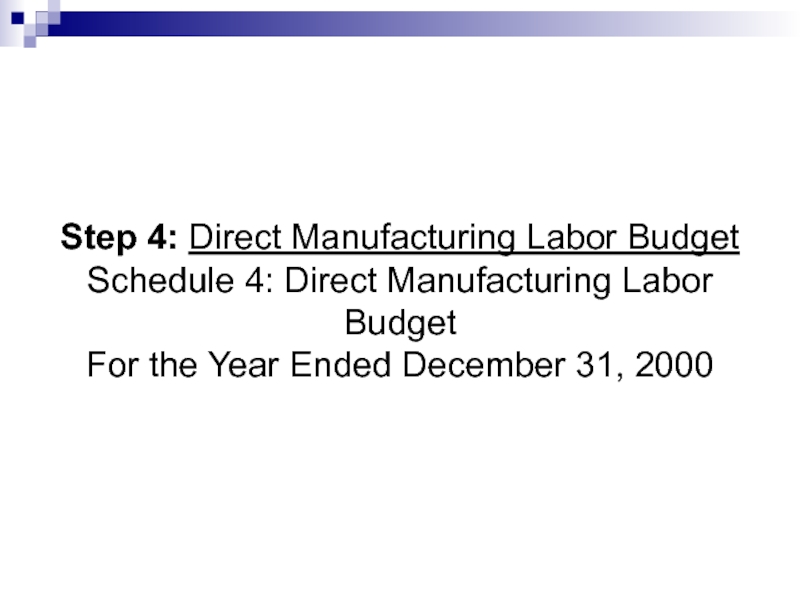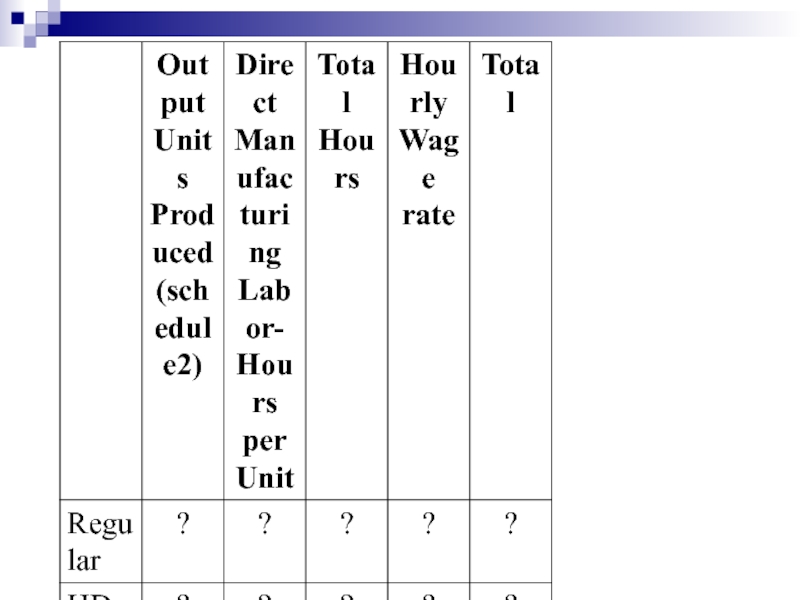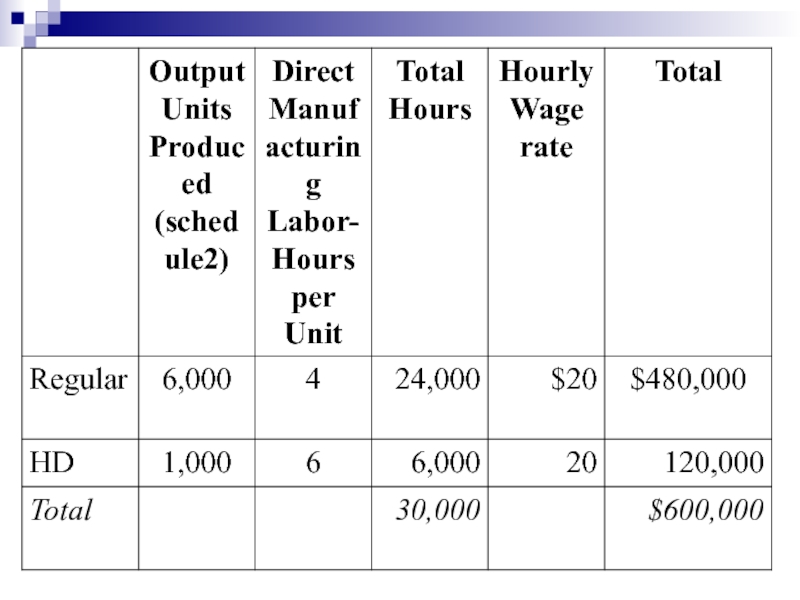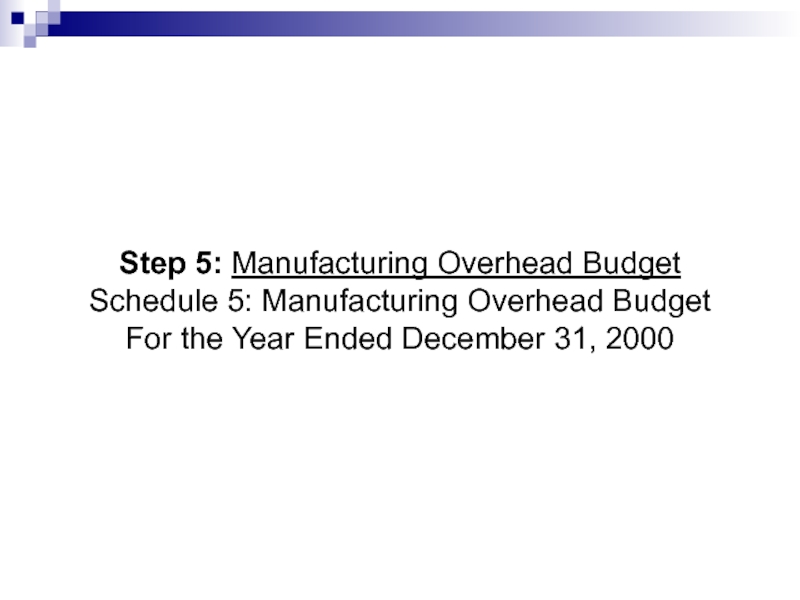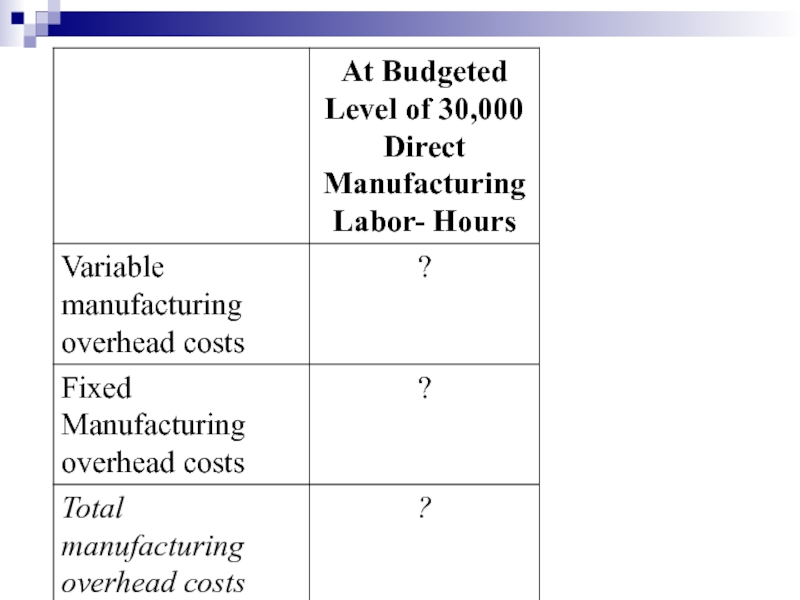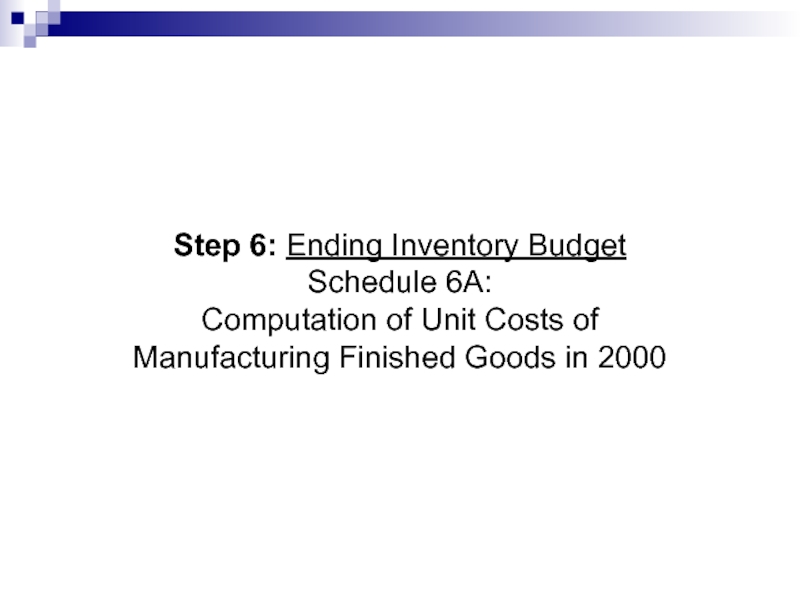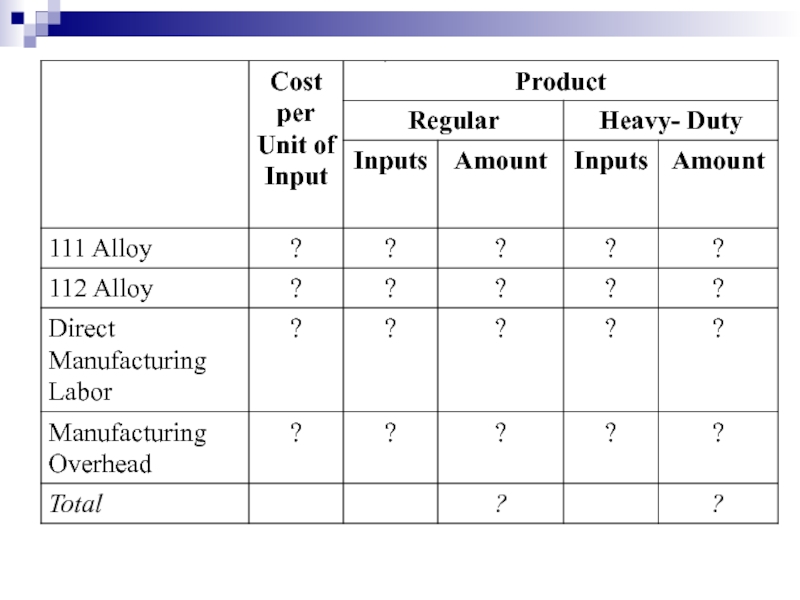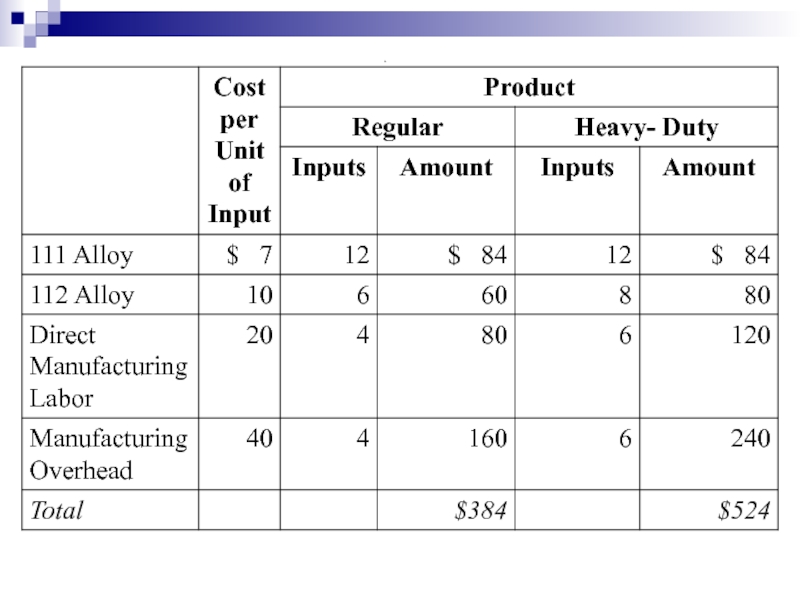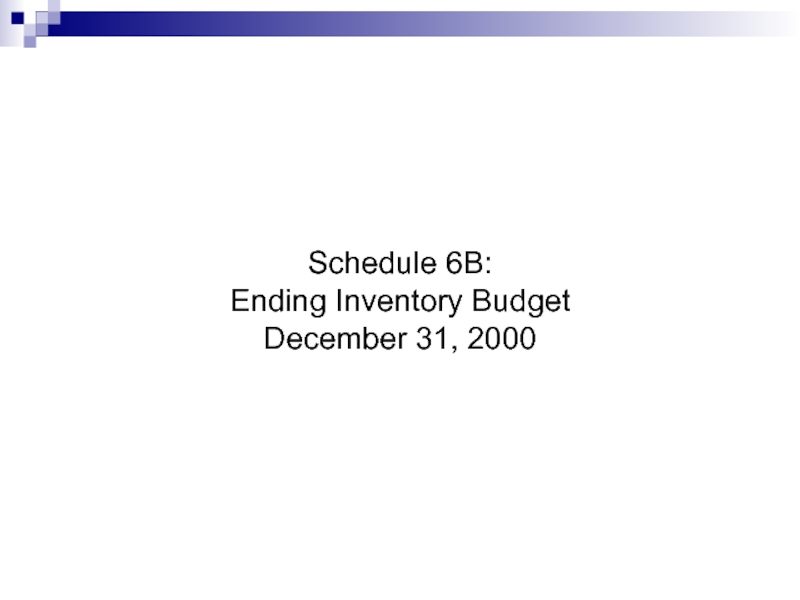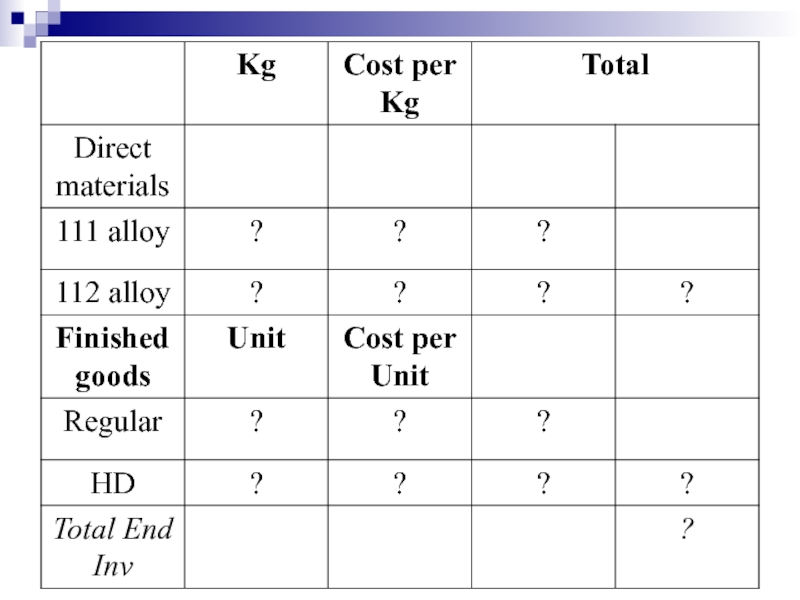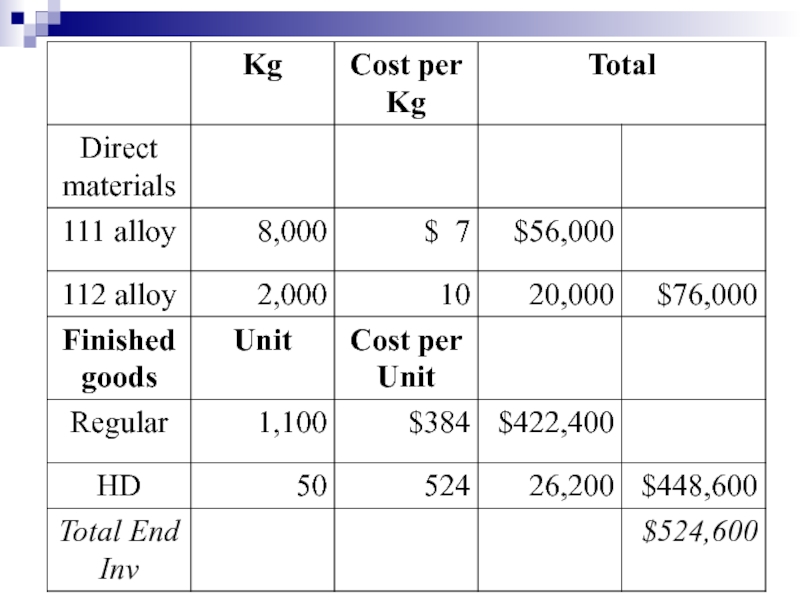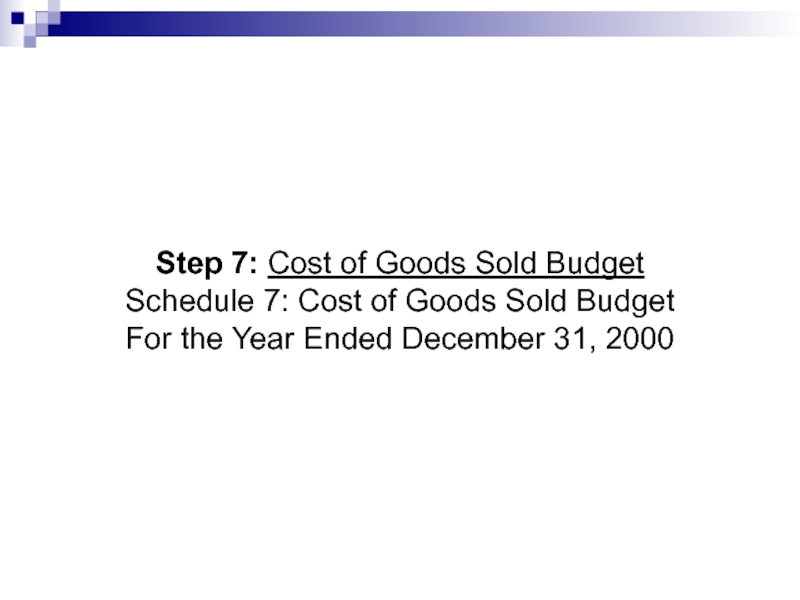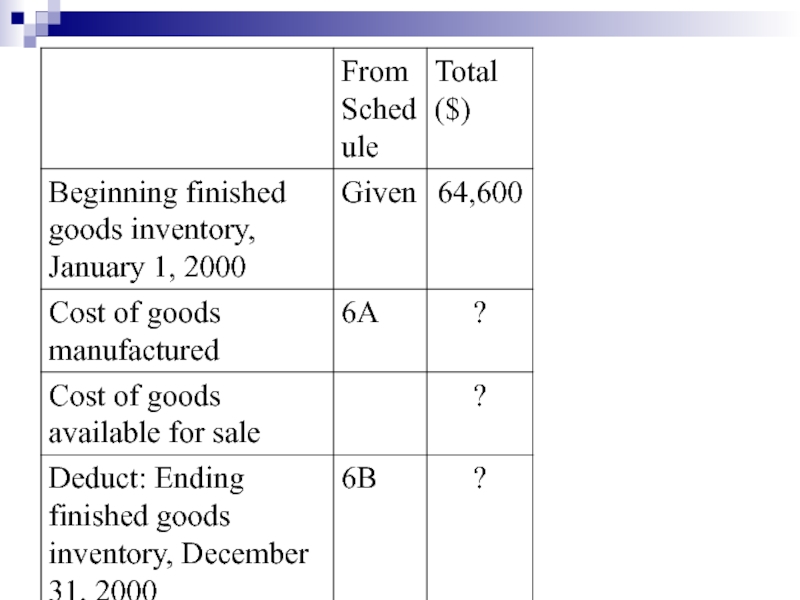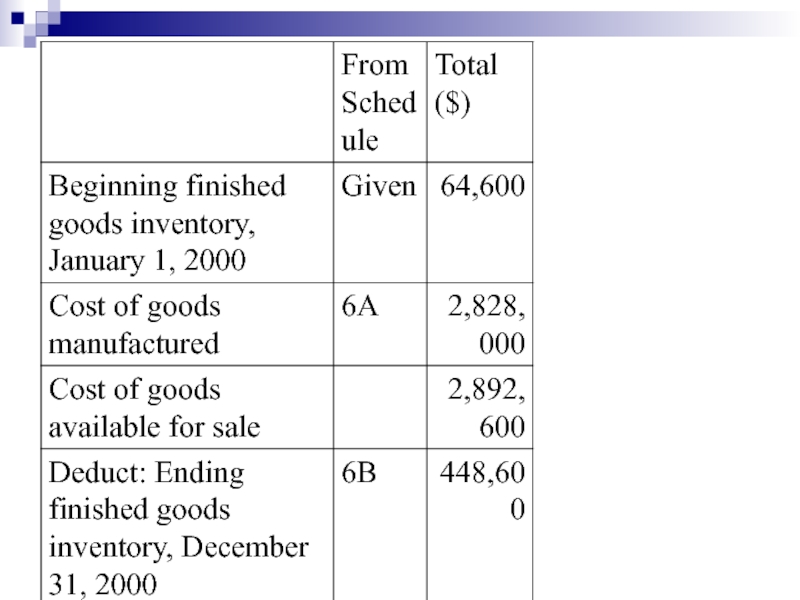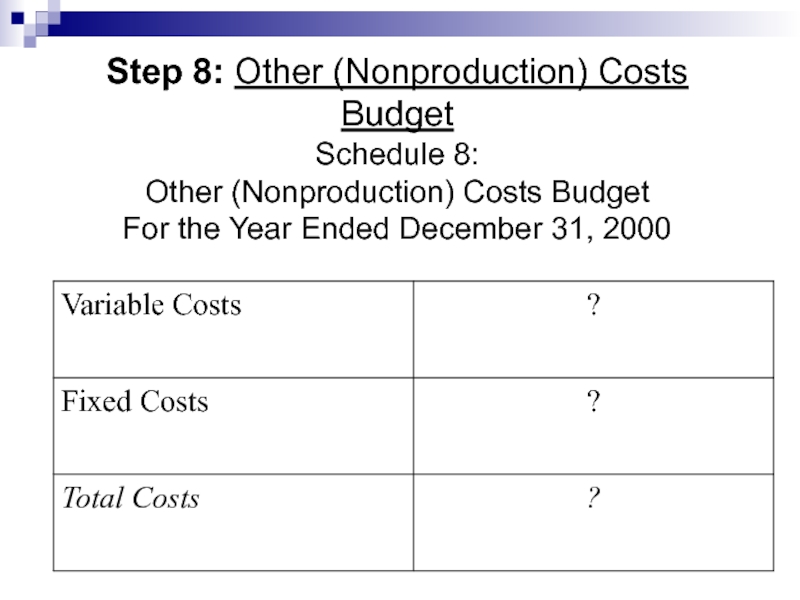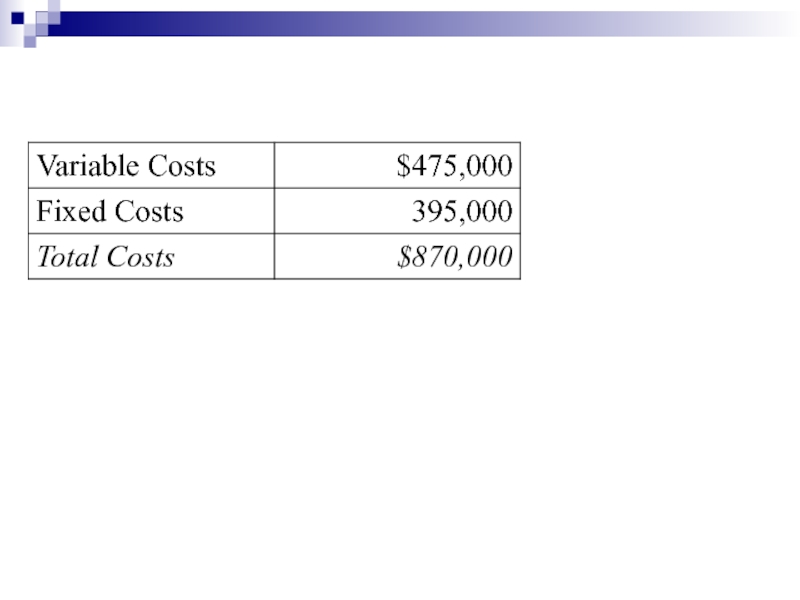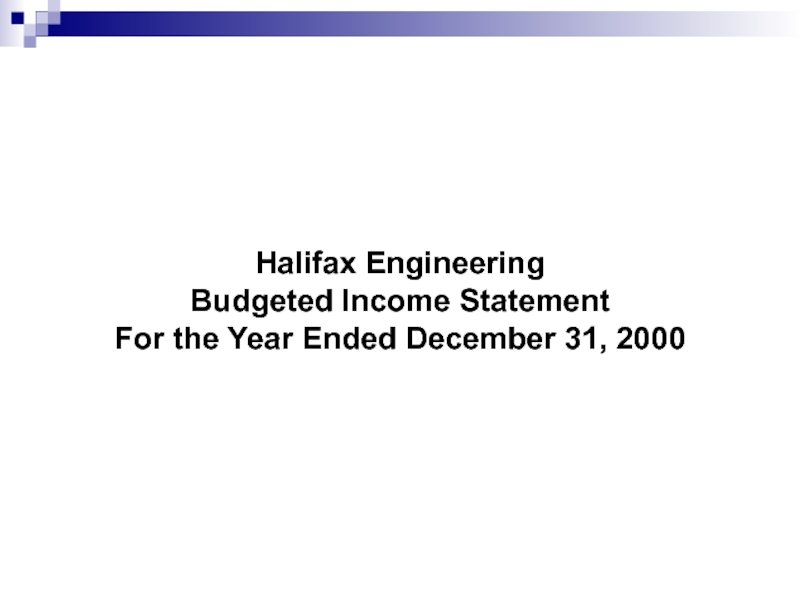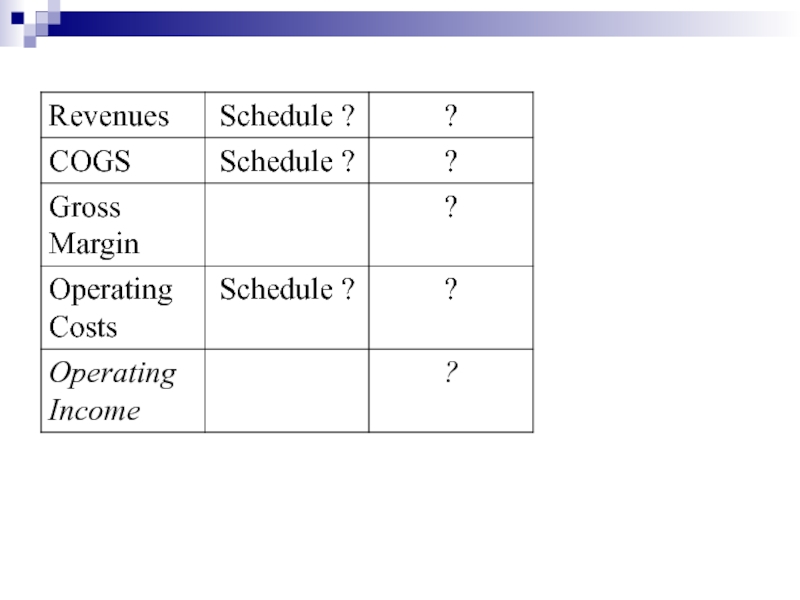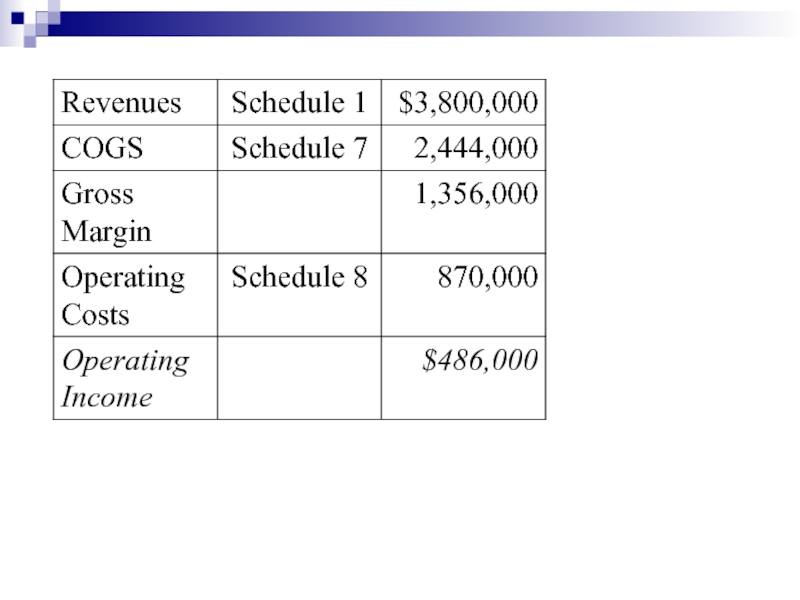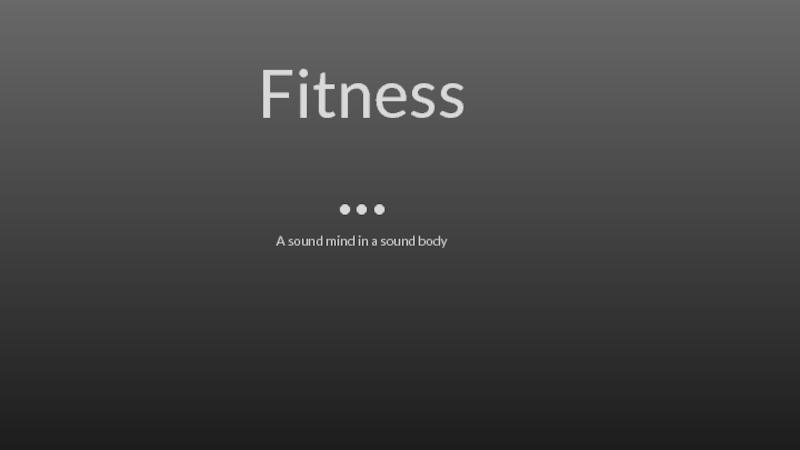- Главная
- Разное
- Дизайн
- Бизнес и предпринимательство
- Аналитика
- Образование
- Развлечения
- Красота и здоровье
- Финансы
- Государство
- Путешествия
- Спорт
- Недвижимость
- Армия
- Графика
- Культурология
- Еда и кулинария
- Лингвистика
- Английский язык
- Астрономия
- Алгебра
- Биология
- География
- Детские презентации
- Информатика
- История
- Литература
- Маркетинг
- Математика
- Медицина
- Менеджмент
- Музыка
- МХК
- Немецкий язык
- ОБЖ
- Обществознание
- Окружающий мир
- Педагогика
- Русский язык
- Технология
- Физика
- Философия
- Химия
- Шаблоны, картинки для презентаций
- Экология
- Экономика
- Юриспруденция
Master budget презентация
Содержание
- 1. Master budget
- 2. Budget Budget is a quantitative expression
- 3. Budgets covering the financial aspects quantify management’s
- 4. Well-managed organizations usually have the following budgeting
- 5. Investigating variations from plans. If necessary, corrective
- 6. Master budget Master budget coordinates all
- 7. Operating decisions center on the acquisition and
- 8. Pro forma statements The terminology used
- 9. The budgeted financial statements of many companies
- 10. Coordination Coordination is the meshing and
- 11. Communication Communication is getting those objectives
- 12. Coordination forces executives to think of relationships
- 13. For coordination to succeed, communication is essential.
- 14. Budgets should not be administered rapidly.
- 15. The most frequently used budget period is
- 16. Rolling budget Businesses are increasingly using
- 17. Thus, a 12-month rolling budget for the
- 18. Halifax Engineering is a machine shop that
- 19. The only source of revenue is sales
- 20. Unit costs of direct materials purchased and
- 21. After carefully examining all relevant factors, the
- 23. All direct manufacturing costs are variable with
- 26. At the anticipated output levels for the
- 28. Our task is to prepare a budgeted income statement for the year 2000.
- 29. STEPS IN PREPARING AN OPERATING BUDGET
- 30. Step 1: Revenue Budget Schedule 1: Revenue Budget For the Year Ended December 31, 2000
- 31. Schedule 1: Revenue Budget For the Year Ended December 31, 2000
- 32. Step 2: Production Budget (in Units)
- 33. Schedule 2: Production Budget (in Units) For the Year Ended December 31, 2000
- 34. Schedule 2: Production Budget (in Units) For the Year Ended December 31, 2000
- 35. Step 3: Direct Materials Usage Budget and
- 39. Schedule 3A: Direct Materials Usage Budget
- 44. Schedule 3B: Direct Materials Purchases Budget For the Year Ended December 31, 2000
- 51. Step 4: Direct Manufacturing Labor Budget Schedule
- 54. Step 5: Manufacturing Overhead Budget Schedule 5:
- 57. Step 6: Ending Inventory Budget Schedule 6A:
- 60. Schedule 6B: Ending Inventory Budget December 31, 2000
- 63. Step 7: Cost of Goods Sold Budget
- 66. Step 8: Other (Nonproduction) Costs Budget Schedule
- 68. Halifax Engineering Budgeted Income Statement For the Year Ended December 31, 2000
Слайд 2Budget
Budget is a quantitative expression for a set time period
of proposed future plan of action by management.
It can cover both financial and nonfinancial aspects of these plans and acts as a blueprint for the company to follow in the upcoming period.
It can cover both financial and nonfinancial aspects of these plans and acts as a blueprint for the company to follow in the upcoming period.
Слайд 3Budgets covering the financial aspects quantify management’s expectations regarding future income,
cash flows, and financial position.
Just as individual financial statements are prepared covering past periods, so they can be prepared covering future periods- for example, a budgeted income statement, a budgeted cash flow statement, and a budgeted balance sheet.
Just as individual financial statements are prepared covering past periods, so they can be prepared covering future periods- for example, a budgeted income statement, a budgeted cash flow statement, and a budgeted balance sheet.
Слайд 4Well-managed organizations usually have the following budgeting cycle:
Planning the organization
as a whole as well as of its subunits. The entire management team agrees as to what is expected.
Providing a frame of reference, a set of specific expectations against which actual results can be compared.
Providing a frame of reference, a set of specific expectations against which actual results can be compared.
Слайд 5Investigating variations from plans. If necessary, corrective action follows investigation.
Planning
again, considering feedback and changed conditions.
Слайд 6Master budget
Master budget coordinates all the financial projections in the
organization’s individual budgets in a single organizationwide set of budgets for a set time period.
It embraces the impact of both operating decisions and financing decisions.
It embraces the impact of both operating decisions and financing decisions.
Слайд 7Operating decisions center on the acquisition and use of scare resources.
Financing decisions center on how to get the funds to acquire resources.
Слайд 8Pro forma statements
The terminology used to describe budgets varies among
organizations.
For example, budgeted financial statements are sometimes called pro forma statements.
For example, budgeted financial statements are sometimes called pro forma statements.
Слайд 9The budgeted financial statements of many companies include the budgeted income
statement, the budgeted balance sheet, and the budgeted statement of cash flows.
Слайд 10Coordination
Coordination is the meshing and balancing of all factors of
production or service and of all the departments and business functions so that the company can meet its objectives.
Слайд 11Communication
Communication is getting those objectives understood and accepted by all
departments and functions.
Слайд 12Coordination forces executives to think of relationships among individual operations, departments,
and the company as a whole.
Coordination implies, for example, that purchasing officers make material purchase plans on the basis of production requirements.
Also, production managers plan personnel and machinery needs to produce the number of products necessary to meet revenue forecasts.
Coordination implies, for example, that purchasing officers make material purchase plans on the basis of production requirements.
Also, production managers plan personnel and machinery needs to produce the number of products necessary to meet revenue forecasts.
Слайд 13For coordination to succeed, communication is essential.
The production manager must
know the sales plan.
The purchasing manager must know the production plan, and so on.
Having a formal document such as the budget is an effective way to communicate a consistent set of plans to the organization as a whole.
The purchasing manager must know the production plan, and so on.
Having a formal document such as the budget is an effective way to communicate a consistent set of plans to the organization as a whole.
Слайд 14Budgets should not be administered rapidly.
Changing conditions call for changes
in plans.
A manager may commit to the budget, but a situation might develop where some special repairs or a special advertising program would better serve the interests of the organization.
The manager should not defer the repairs or the advertising in order to meet the budget if such actions will hurt the organization in the long run. Attaining the budget should not be an end in itself.
A manager may commit to the budget, but a situation might develop where some special repairs or a special advertising program would better serve the interests of the organization.
The manager should not defer the repairs or the advertising in order to meet the budget if such actions will hurt the organization in the long run. Attaining the budget should not be an end in itself.
Слайд 15The most frequently used budget period is one year.
The annual
budget is often subdivided by months for the first quarter and by quarters for the remainder of the year.
The budgeted data for a year are frequently revised as the year unfolds.
For example, at the end of the first quarter, the budget for the next three quarters is changed in light of new information.
The budgeted data for a year are frequently revised as the year unfolds.
For example, at the end of the first quarter, the budget for the next three quarters is changed in light of new information.
Слайд 16Rolling budget
Businesses are increasingly using rolling budgets.
Rolling budget is
a budget or plan that is always available for a specified future period by adding a month, quarter, or year in the future as the month, quarter, or year just ended is dropped.
Слайд 17Thus, a 12-month rolling budget for the March 2000 to February
2001 period becomes a 12-month rolling budget for the April 2000 to March 2001 period the next month, and so on.
There is always a 12-month budget in place.
Companies also frequently use rolling budgets when developing five-year budgets for long-run planning.
There is always a 12-month budget in place.
Companies also frequently use rolling budgets when developing five-year budgets for long-run planning.
Слайд 18Halifax Engineering is a machine shop that uses skilled labor and
metal alloys to manufacture two types of aircraft replacement parts- Regular and Heavy Duty.
Halifax manager is ready to prepare a master budget for the year 2000.
To keep our illustration manageable for clarifying basic relationships, we make the following assumptions:
Halifax manager is ready to prepare a master budget for the year 2000.
To keep our illustration manageable for clarifying basic relationships, we make the following assumptions:
Слайд 19The only source of revenue is sales of two parts. Non-sales-related
revenue, such as interest income, is assumed to be zero.
Work-in-process inventory is negligible and is ignored.
Direct material inventory and finished goods inventory are costed using the FIFO method.
Work-in-process inventory is negligible and is ignored.
Direct material inventory and finished goods inventory are costed using the FIFO method.
Слайд 20Unit costs of direct materials purchased and finished goods sold remain
unchanged throughout the budget year (2000).
Variable production costs are variable with respect to direct manufacturing labor-hours. Variable nonproduction costs are variable with respect to the revenues.
For computing inventoriable costs, all manufacturing costs (fixed and variable) are allocated using a single allocation base- direct manufacturing labor-hours.
Variable production costs are variable with respect to direct manufacturing labor-hours. Variable nonproduction costs are variable with respect to the revenues.
For computing inventoriable costs, all manufacturing costs (fixed and variable) are allocated using a single allocation base- direct manufacturing labor-hours.
Слайд 21After carefully examining all relevant factors, the executives of Halifax Engineering
forecast the following figures for 2000:
Direct materials:
Material 111 alloy $7 per kilogram
Material 112 alloy $10 per kilogram
Direct manufacturing labor $20 per hour
Direct materials:
Material 111 alloy $7 per kilogram
Material 112 alloy $10 per kilogram
Direct manufacturing labor $20 per hour
Слайд 23All direct manufacturing costs are variable with respect to the units
of output produced. Additional information regarding the year 2000 is as follows:
Слайд 26At the anticipated output levels for the Regular and Heavy Duty
aircraft parts, management believes the following manufacturing overhead costs will be incurred:
Слайд 35Step 3: Direct Materials Usage Budget and Direct Materials Purchase Budget
Schedule
3A:
Direct Materials Usage Budget in Kilograms and Dollars
For the Year Ended December 31, 2000
Direct Materials Usage Budget in Kilograms and Dollars
For the Year Ended December 31, 2000
Слайд 39Schedule 3A:
Direct Materials Usage Budget in
Kilograms and Dollars
For the Year Ended December 31, 2000
For the Year Ended December 31, 2000
Слайд 51Step 4: Direct Manufacturing Labor Budget
Schedule 4: Direct Manufacturing Labor Budget
For
the Year Ended December 31, 2000
Слайд 54Step 5: Manufacturing Overhead Budget
Schedule 5: Manufacturing Overhead Budget
For the Year
Ended December 31, 2000
Слайд 57Step 6: Ending Inventory Budget
Schedule 6A:
Computation of Unit Costs of
Manufacturing Finished Goods in 2000
Слайд 63Step 7: Cost of Goods Sold Budget
Schedule 7: Cost of Goods
Sold Budget
For the Year Ended December 31, 2000
For the Year Ended December 31, 2000
Слайд 66Step 8: Other (Nonproduction) Costs Budget Schedule 8: Other (Nonproduction) Costs Budget For
the Year Ended December 31, 2000
